Quilting has been around for centuries, and it's one of those hobbies that never goes out of style. There are more than 30 different types of quilts, with limitless possibilities for creativity. Learn more about the different styles of quilts, stitching techniques, and the tools of the trade.

I always thought it would be fun to take up quilting. But when an avid quilter told me each quilt would cost hundreds of dollars to make, I backed off from the idea. Years later, a friend invited me to a quilt show. It was definitely a one-of-a-kind experience. I had no idea there were so many different types of quilts. And, I learned it doesn’t necessarily have to cost a fortune to make one.
Curious about quilting, too? Here’s an overview of the many types of quilts and a bit about quilting techniques.
Contents
- What Are the Different Types of Quilts?
- Album Quilt
- Amish Quilt
- Applique Quilt
- Art Quilt
- Bargello Quilt
- Centennial Quilts
- Charm Quilt
- Crazy Patch Quilt
- Custom Quilts
- Denim Quilt
- Friendship Quilt
- Lap Quilt
- Lattice Quilts
- Medallion Quilt
- Memory Quilt
- Mini Quilts
- One Patch Block Quilt
- Patchwork Quilt
- Patriotic Quilt
- Photo Quilt
- Presentation Quilt
- Puff Quilt
- Sampler Quilt
- Scrap Quilt
- Quilt of Valor
- Signature Quilt
- Sesquicentennial Quilts
- String Quilts
- T-Shirt Quilt
- Throw Quilts
- Trapunto Quilt
- Wall Quilt
- Watercolor Quilt
- Whole Cloth Quilt
- Quilting: A Little History
- Quilting Lingo
- Applique
- Baby Quilt
- Backing
- Batting
- Bias Binding
- Bagging Out
- Blanket Stitch
- Block
- Blocking
- Border
- Borderie Perse
- Batted Seams
- Buttonhole Stitch
- Chain Piecing
- Cornerstones
- Couching
- Crazy Patchwork
- Echo Quilting
- English Paper Piecing
- English Traditional Quilting
- Facing
- Fat Eighth
- Fat Quarter
- Folded Patchwork
- Four Patch
- FreeStyle Quilting
- Fusible Applique
- Fussy Cutting
- Foundation Piecing
- Fusible Web
- Gathering
- Grain Line
- Half-Square Triangles
- Italian Quilting
- Layout of Quilt
- Mitered Borders
- Nine Patch
- Outline Quilting
- Padding
- Patches
- Patchwork
- Piecing
- Pre-Washing Fabric
- Quilt as you go
- Quarter Square Triangles
- Quilting
- Quilt Sandwich
- Quilting Embroidery Stitches
- Rocking Stitch
- Rotary Cutter and Self Healing Mat
- Sashing
- Seam Allowance
- Sewing Machine for Quilting
- Shadow Quilting
- Slip Stitch
- Sleeve
- Squaring Up
- Strip Piecing
- Stitch in the ditch
- Tacking
- Templates
- Tying
- Walking Foot
- Yoyos (Suffold Puffs)
- What Tools Should a Quilt Maker Have?
- What Are the Most Common Stitching Techniques in Quilting?
- A Few Caveats About Stitching
- What’s “Sew” Great About a Rotary Cutter?
- FAQs
What Are the Different Types of Quilts?
Seasoned quilters will tell you that the number of quilt styles out there totals at least 30, possibly more. Let’s delve into what these intricate pieces are all about.
Album Quilt
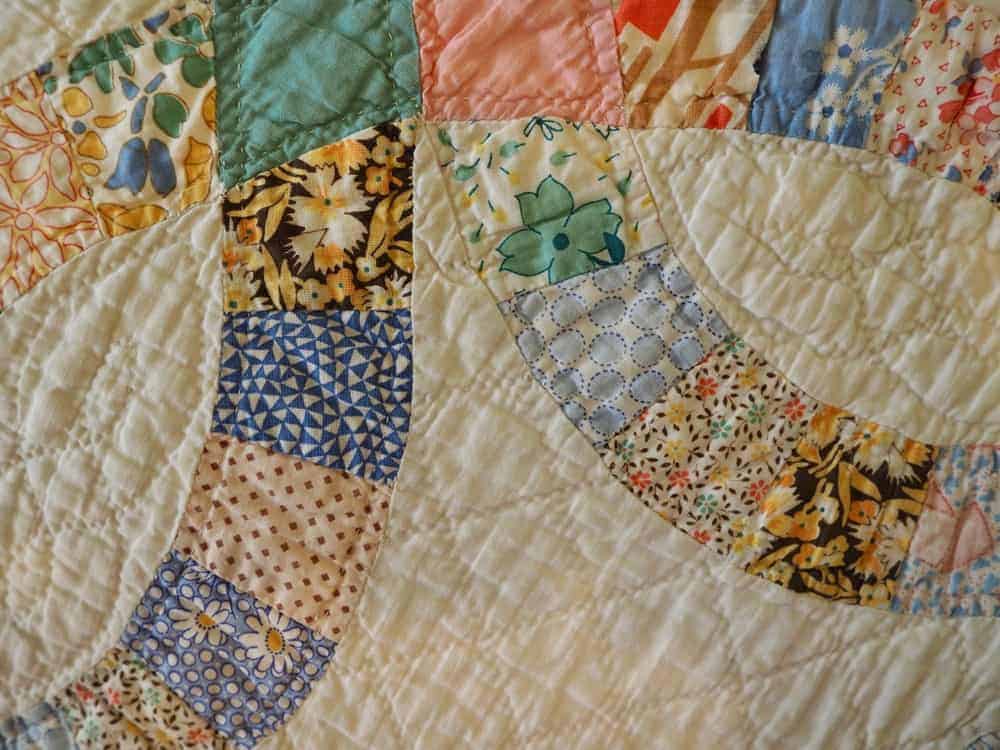
This type is not unlike a scrapbook in quilt form. Album quilts are made for special occasions and consist of several blocks, each containing intricate designs. These depictions have special meaning to the creator or the recipient of the quilt. The designs are often installed as appliques. Someone might make an album quilt in memory of a loved one or to celebrate a special occasion like a wedding, a birthday, or an anniversary.
Amish Quilt
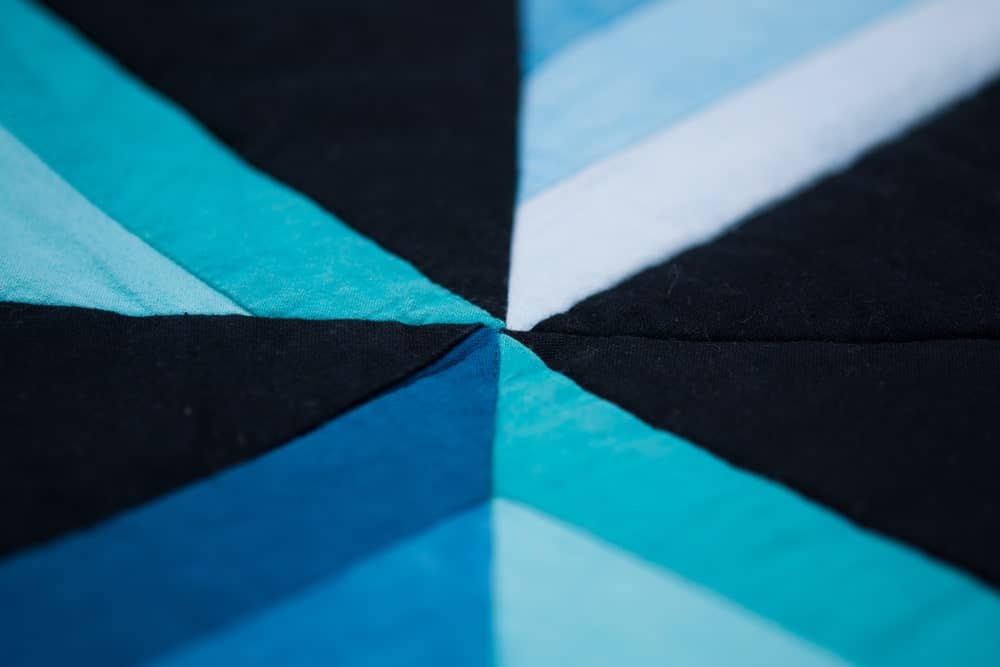
Amish quilts are made to be functional. They’re usually stitched from old clothes. You can recognize this style by its geometric shapes, plain borders, and dark colors, sometimes even with black mixed in. After all, these are the typical colors of Amish garb. These quilts are so named because they come from Amish communities in Eastern Pennsylvania.
Applique Quilt
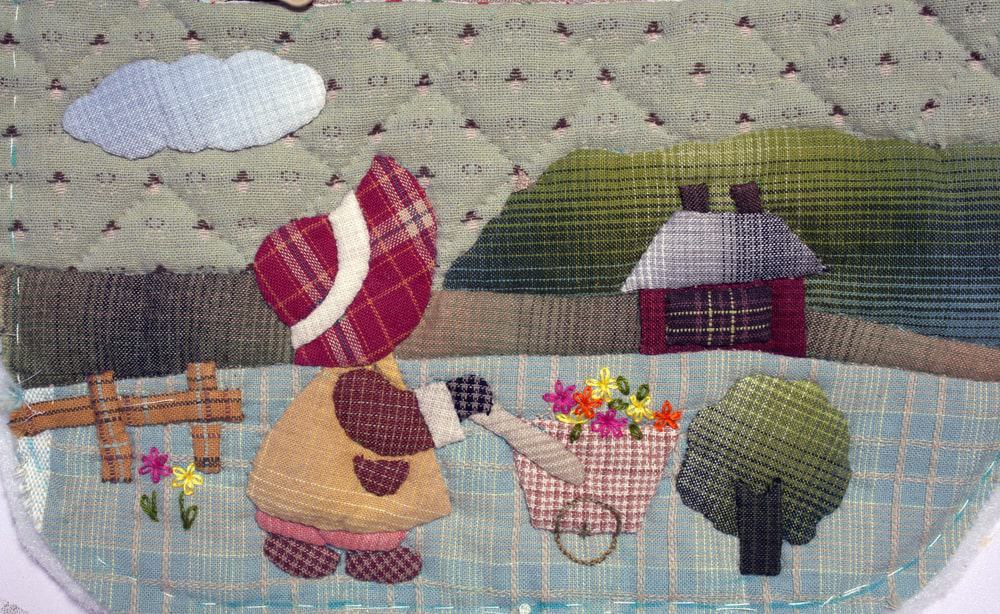
These quilts have beautiful applique designs that give them extra dimension.
Art Quilt
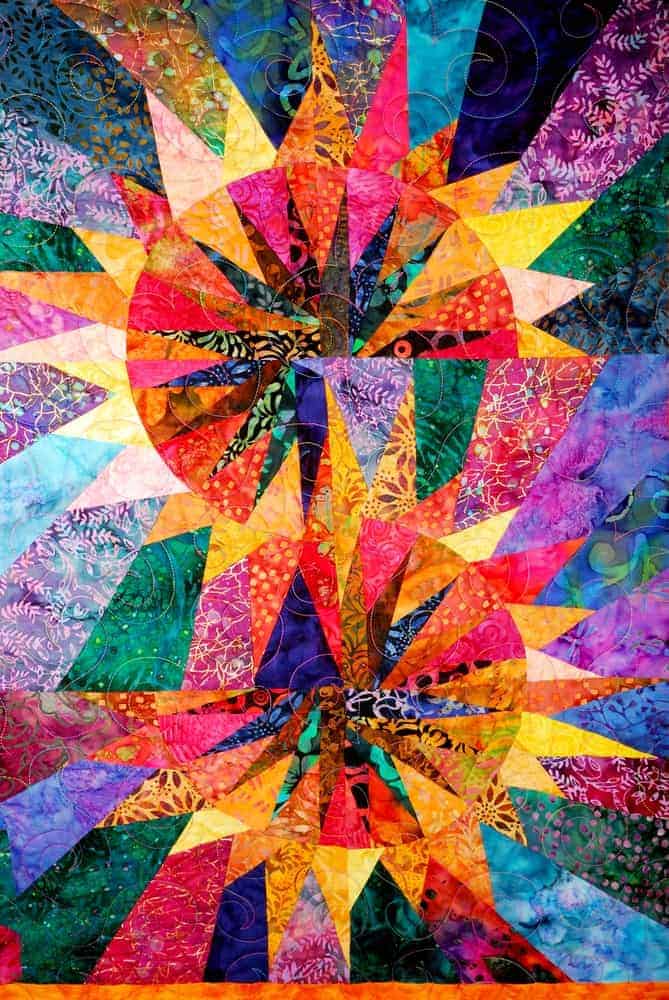
This is any quilt that allows for full artistic expression. It’s a lot like a painting. But instead of acrylics and canvas, pictures are illustrated using stitches and fabric.
Bargello Quilt
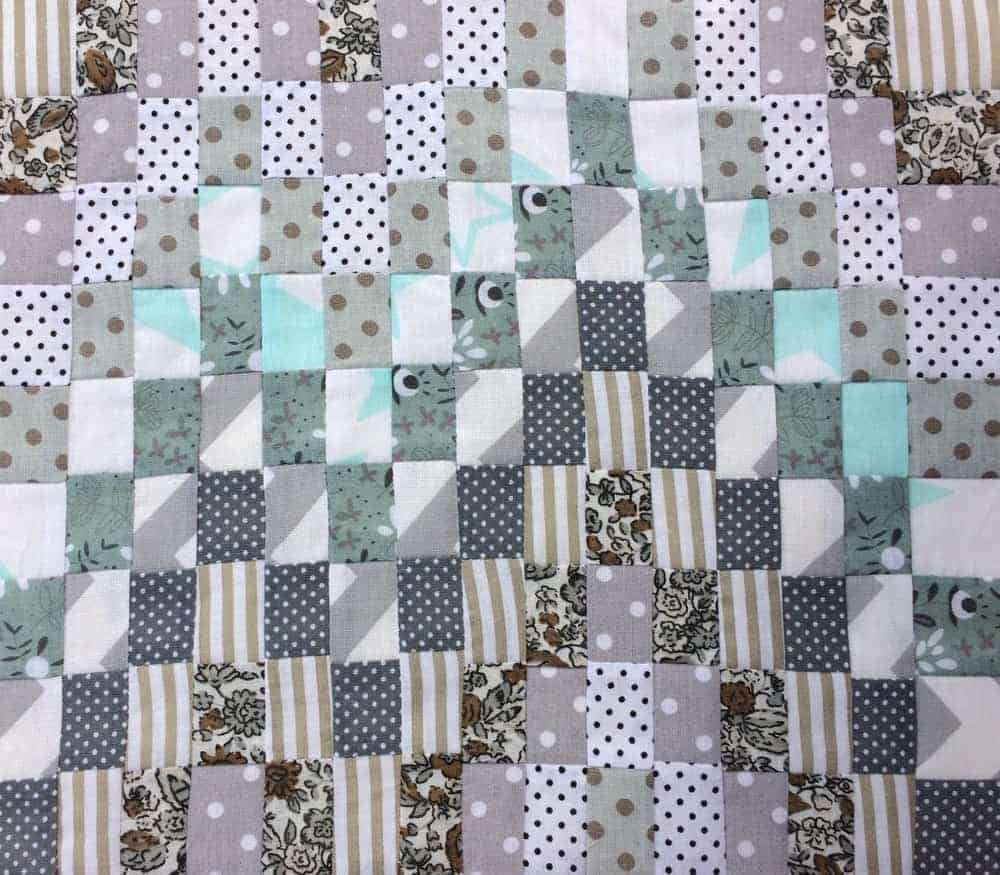
These quilts are a beautiful display of Bargello designs, consisting of strips of square fabrics sewn together to make undulating patterns. The wave-like effect resembles the flame stitch that a lot of needlepoint embroiderers like to use.
Centennial Quilts
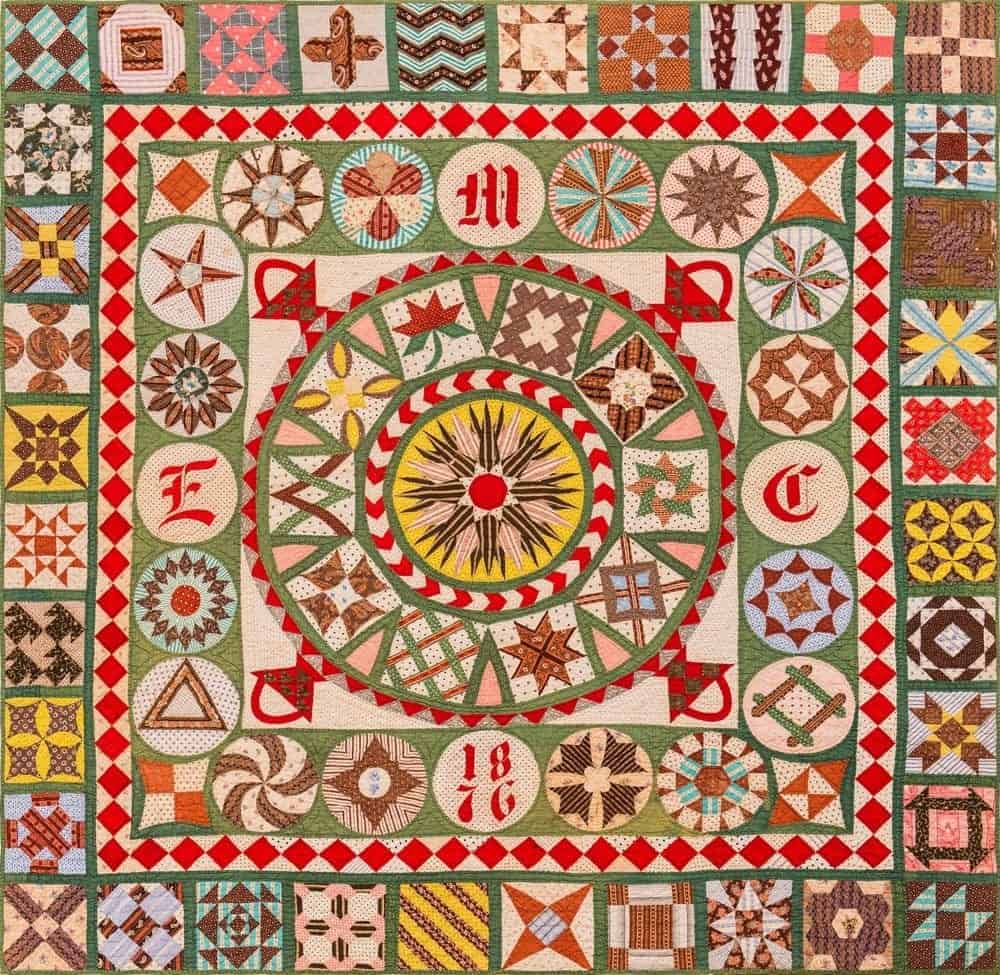
Source: The Quilter’s Studio
These are made to commemorate a 100-year celebration of something.
Charm Quilt
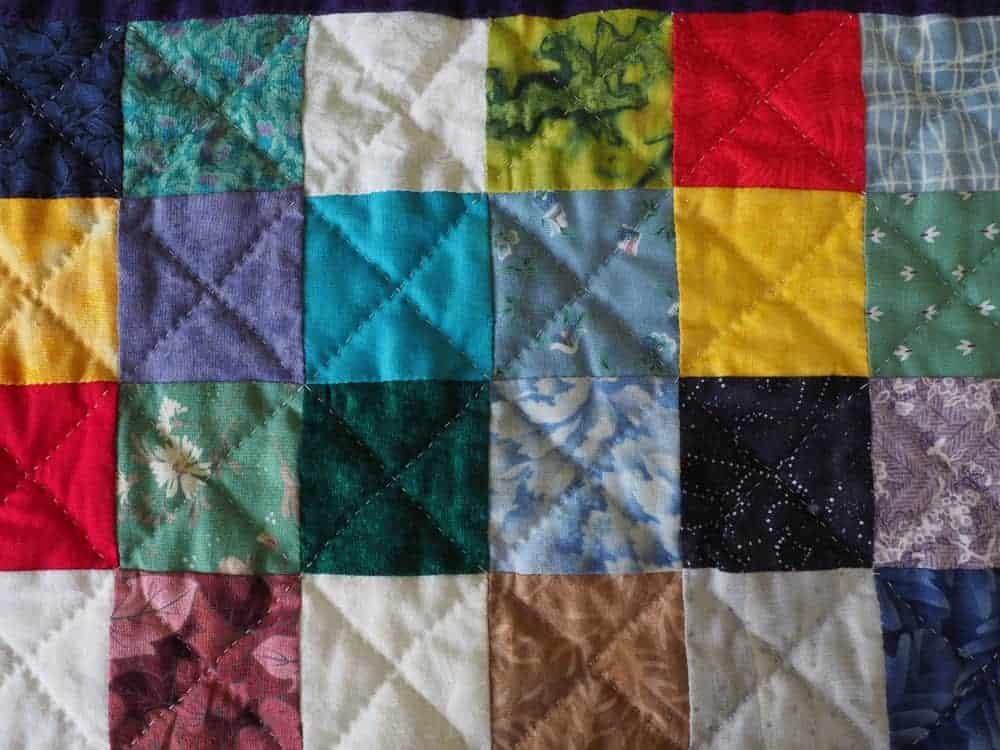
These also go by the monikers “Beggar Quilt” or “Odd Feller Quilt.” These are created from a variety of fabric pieces. In fact, with charm quilts, it’s likely that no two pieces of fabric will be exactly alike.
Crazy Patch Quilt
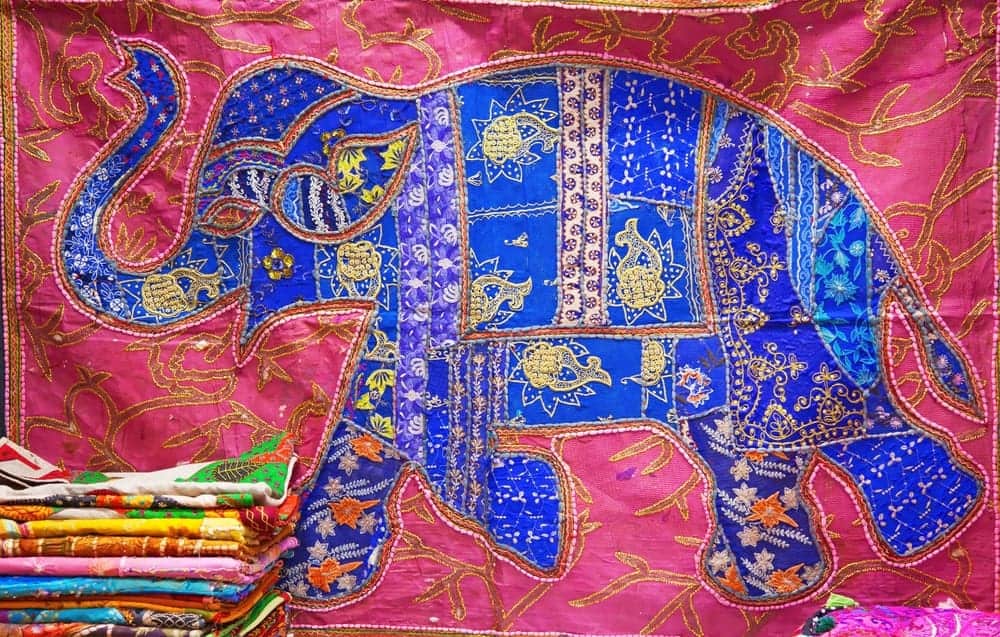
You can create these by joining together several irregular pieces of fabric scraps. There’s no particular design behind the joining. That means you can make the quilt top however you want. If you make this quilt the traditional way, you’ll stitch those scraps to a foundation fabric. And you can decorate the entire piece — seams and all — with beads, trim, embroidery stitches, or any other creative addition you can think of.
Custom Quilts
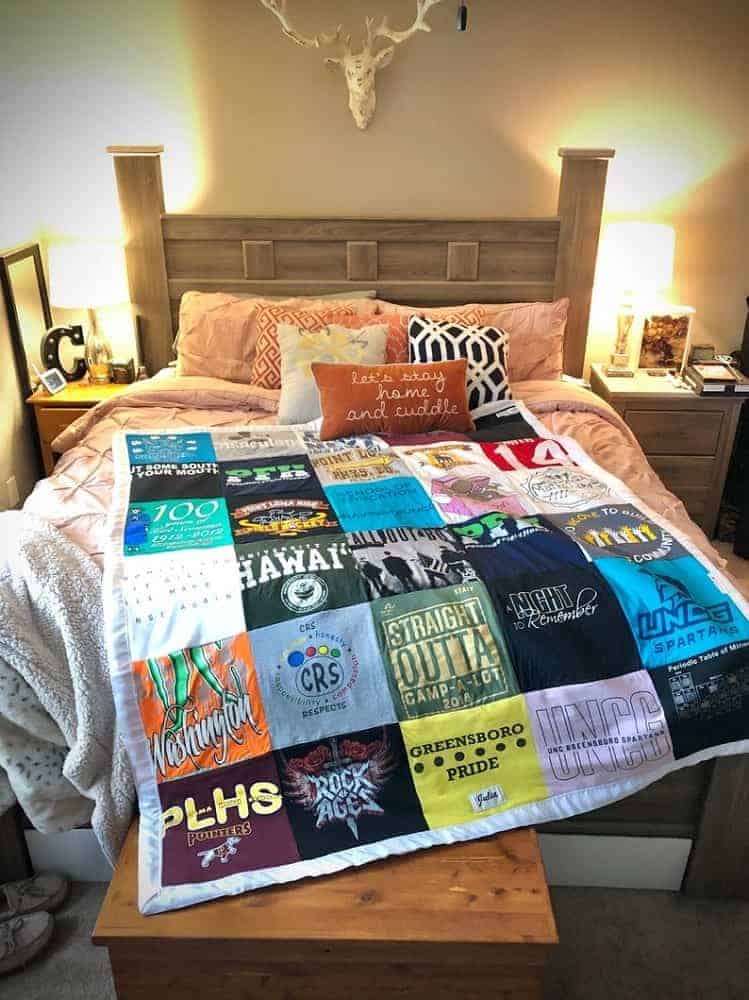
Source: Etsy
Custom quilts allow you to print whatever you want on your quilts, such as a photo, logo, or some other graphic.
Denim Quilt
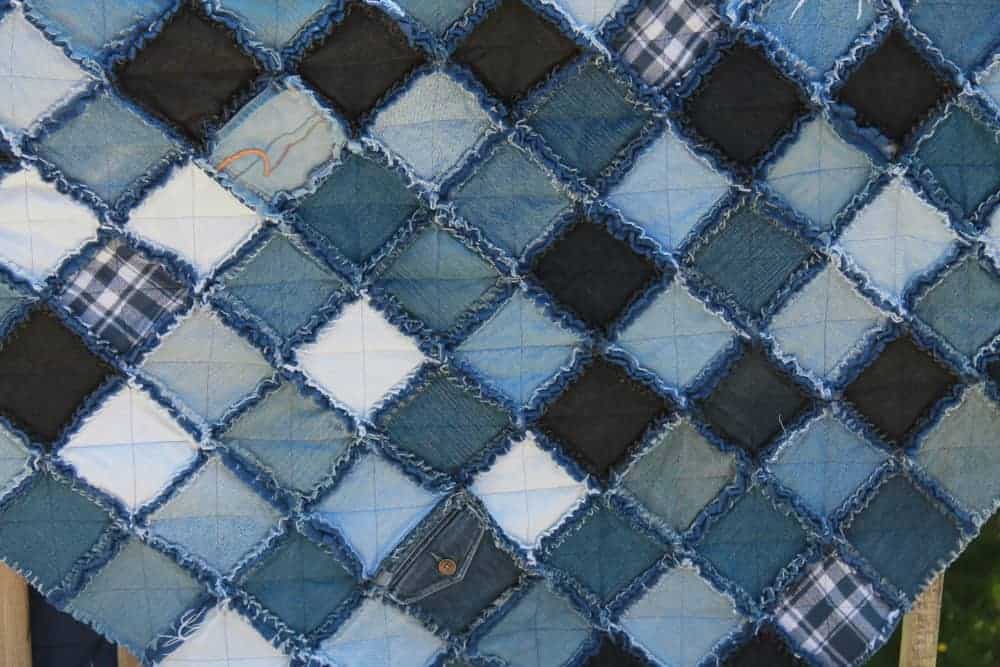
Also called a denim scrap quilt or jeans quilt, a denim quilt is made with old jeans and other denim apparel. Considering all the different “washes” of jeans and other denim articles, there are more possibilities for color variation than you might think. This sounds like a good project for anyone who wants to recycle their old jeans.
Friendship Quilt
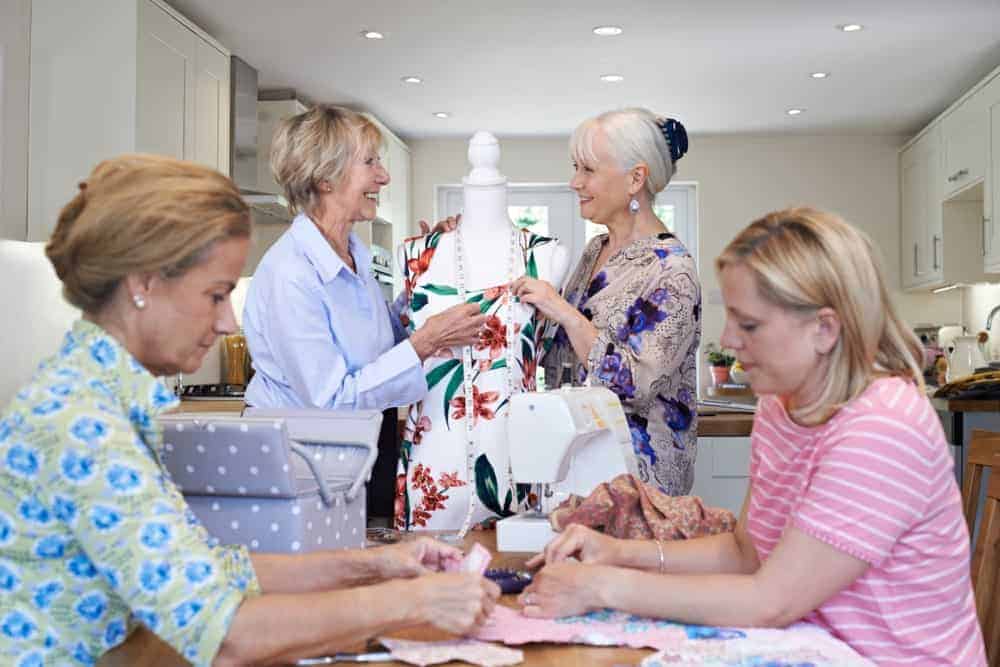
These make good gifts for your loved ones, friends, and family alike. You can make these in memory of a special occasion or as a housewarming gift. The blocks of the quilt are usually made by multiple people. Then they are brought together as a tribute to an occasion or a person. To make the quilts even more special, friendship quilt-makers even sign and date them. Some quilts even contain personalized notes or verses.
Lap Quilt
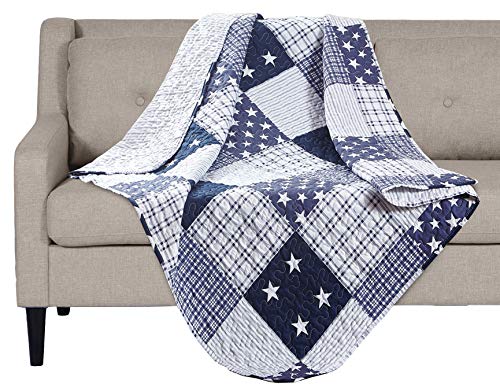
As their name suggests, lap quilts are considerably smaller than conventional quilts. They usually come in the form of a rectangle measuring 36″x48″ or a 36″ square. These quilts are made to be draped in your lap while you’re sitting down. I’ve actually seen people put these in the laps before snuggling their dogs or cats to keep themselves from getting covered in pet hair.
Lattice Quilts

Source: Quilting Daily
What sets these quilts apart are the borders around each square. This “lattice look” is accomplished by stitching strips of fabric between blocks. Putting all those blocks together creates diagonal, horizontal, or vertical lines throughout the quilt top, depending on how it’s designed.
Medallion Quilt
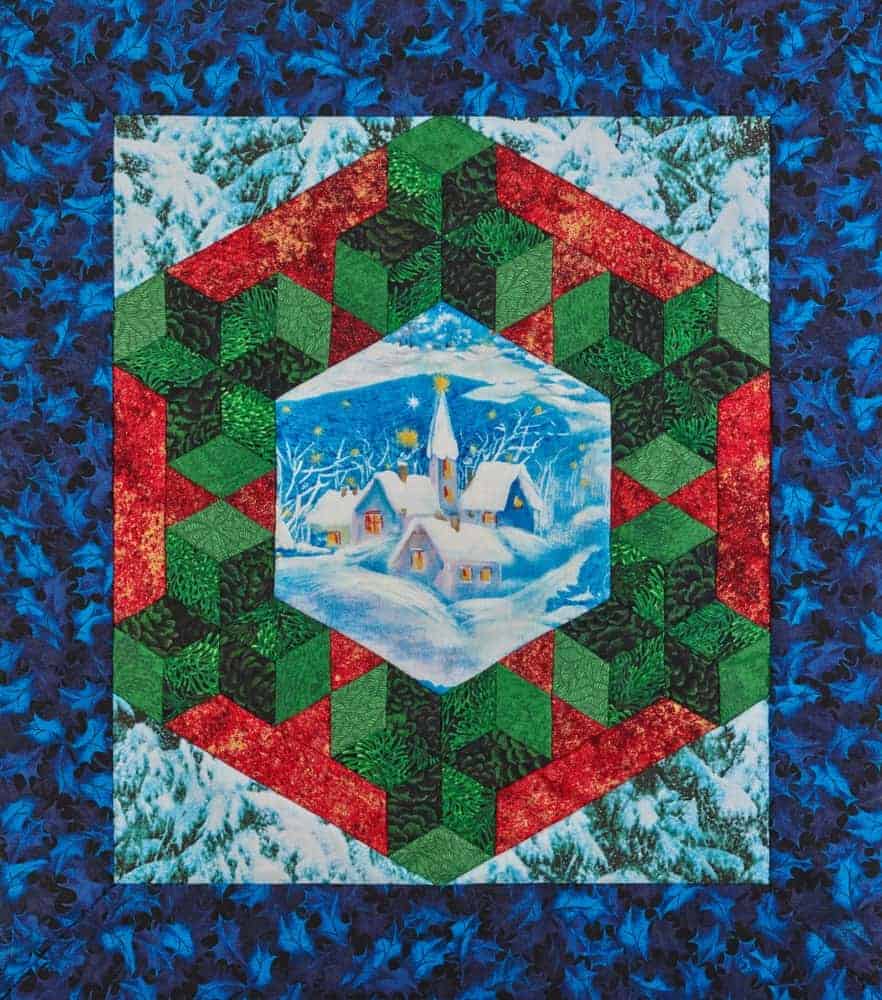
This quilted style is characterized by its central block motif. It’s framed by the surrounding stitches in a pattern that accentuates it. The center part is usually appliqued, but it doesn’t have to be stitched that way. But the rest of the quilt is always intended to enhance whatever design is in the center.
Memory Quilt

Source: Etsy
You can make these quilts in memory of a loved one. Many people stitch these using clothes their children or grandchildren have outgrown. Another way to create these quilts is to print favorite photos of your loved ones onto the fabric and then use the material to make the quilt blocks.
Mini Quilts

This is just a smaller version of the full-size variety. But a mini quilt is not necessarily a miniaturized version of the full-sized quilt pattern. Examples of mini quilts include placemats and some wall quilts.
One Patch Block Quilt
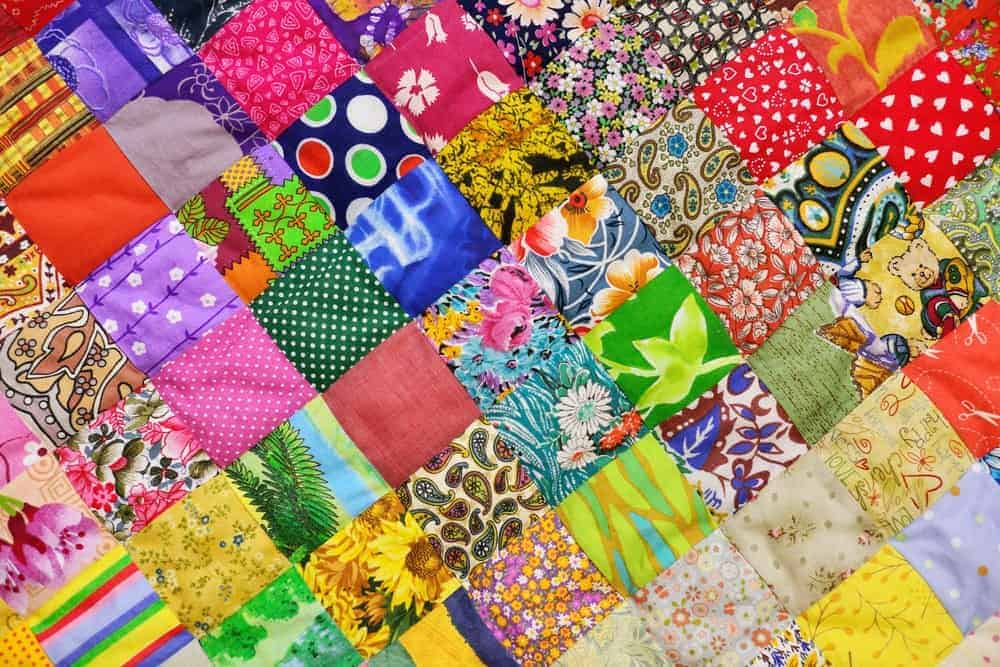
This quilt consists of one simple patch of fabric. It usually consists of repeating shapes sewn together to achieve a pieced quilt top.
Patchwork Quilt
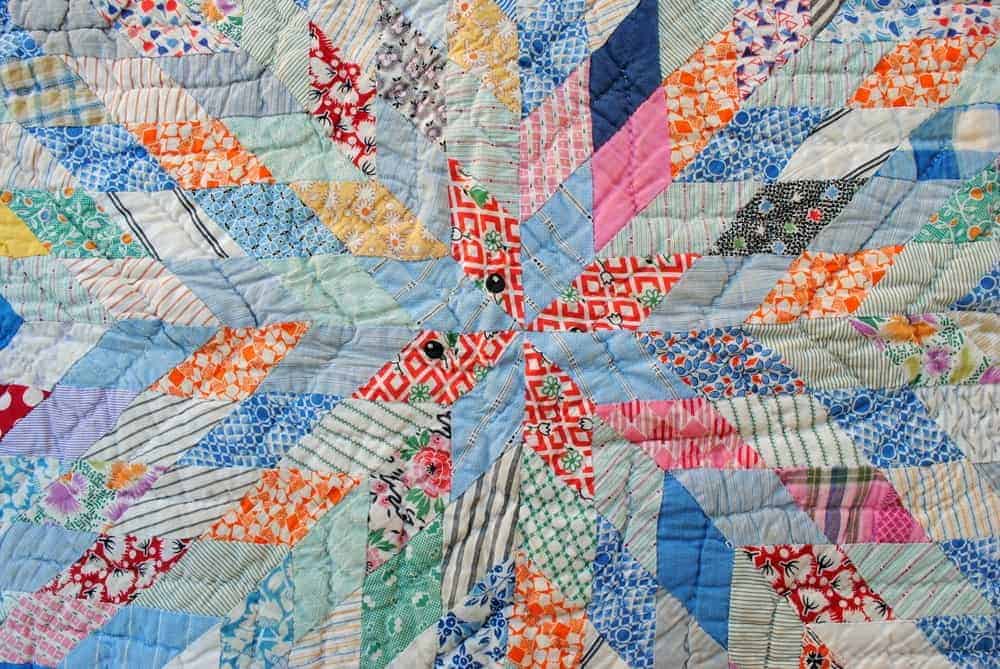
These are usually made of scrap fabric pieces, like old, cut-up clothes or leftover fabric from your last project. You can sew the fabric pieces to form a block, then sew the blocks together to form a quilt. Blocks can consist of different patterns or shapes.
Patriotic Quilt

Made to show patriotism, these quilts are sometimes also called flag quilts because that’s the symbol that often appears on them. Patriotic quilts typically commemorate special events in a nation’s history.
Photo Quilt

Source: Etsy
A photo quilt, or photo memory quilt, is just what its name implies. It’s a modern quilt consisting of a series of photos transferred onto fabric to make individual blocks. These are stitched together to create something of a photo gallery.
Presentation Quilt
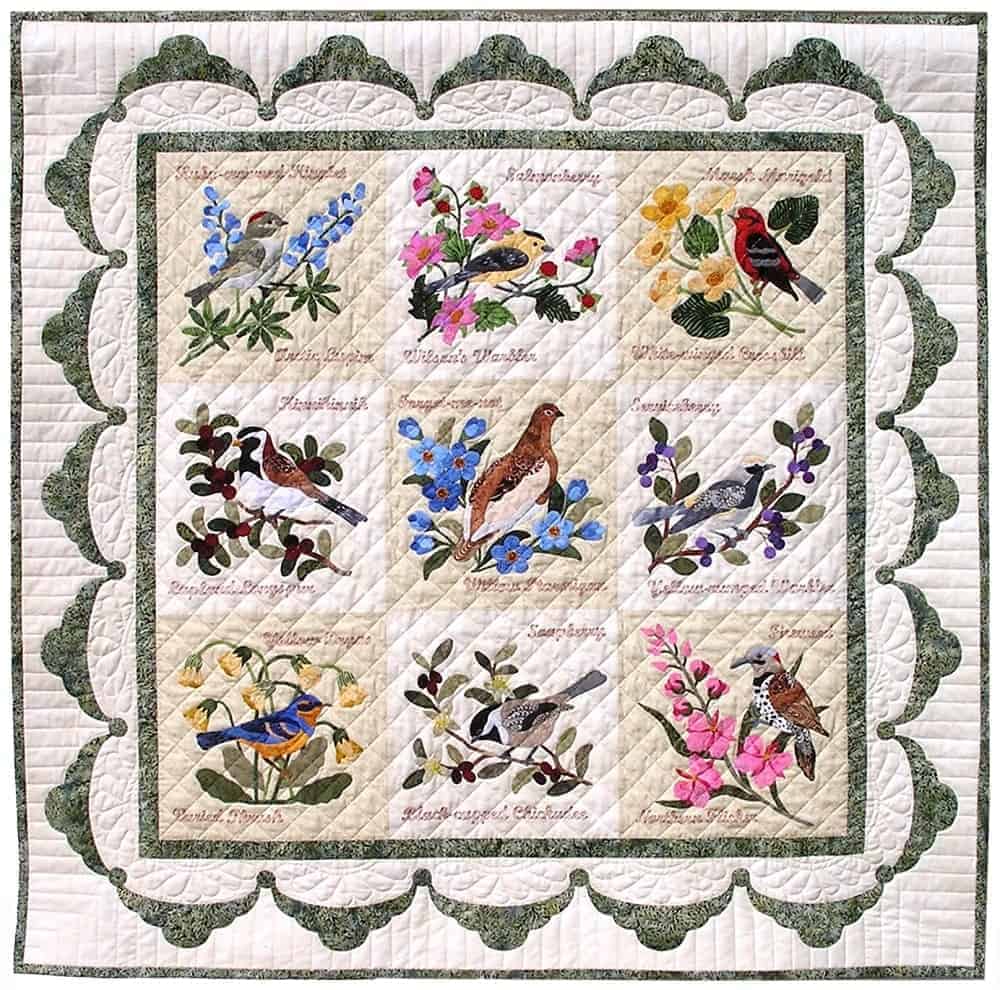
Source: P3 Designs
Another moniker for presentation quilts is Baltimore Album Quilts. You give these quilts to someone as a send-off when they’re moving away. They’re great gifts for other special occasions, too. Intricate applique designs are stitched onto a white fabric foundation.
Puff Quilt
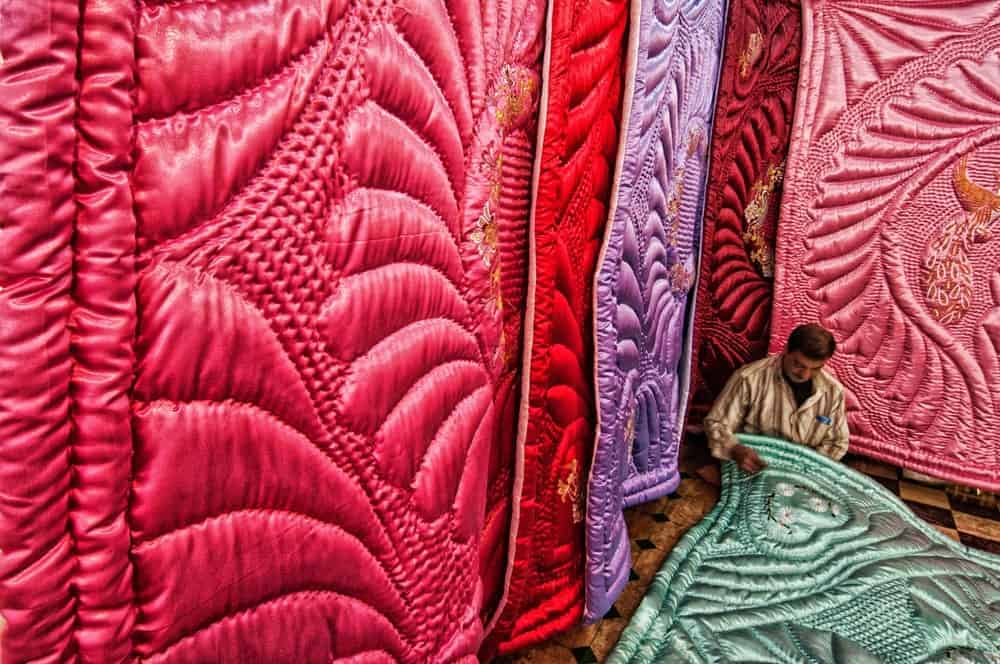
Puff quilts, which are also called biscuit quilts, don’t actually require quilting. Instead, sewists fill up individual blocks with stuffing and sew them together.
Sampler Quilt

Traditional quilt blocks usually display repeated patterns. Sampler quilts break with the norm by displaying quilt blocks that are all a little different.
Scrap Quilt
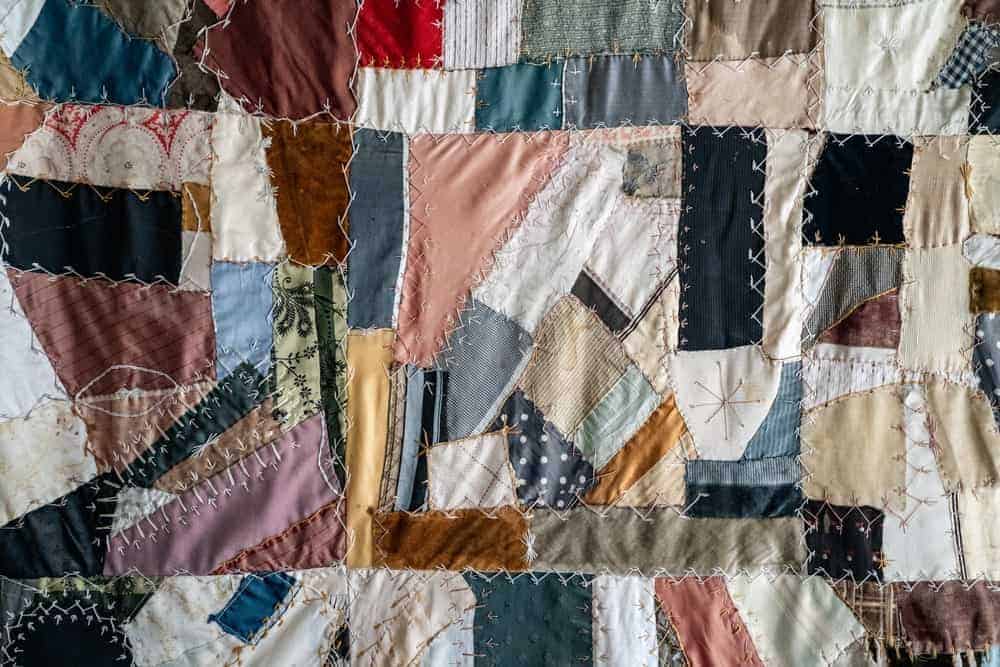
If you have a pile of leftover quilt scraps from your last several projects and don’t know what you can do with them, you can put them into a scrap quilt. Even when these quilts are made of regular fabric and not scraps, they can still be considered scrap quilts as long as the blocks have irregular patterns.
Quilt of Valor

Source: Etsy
These are given as gifts to injured or ill military personnel in recognition of the sacrifices they made to serve their county.
Signature Quilt
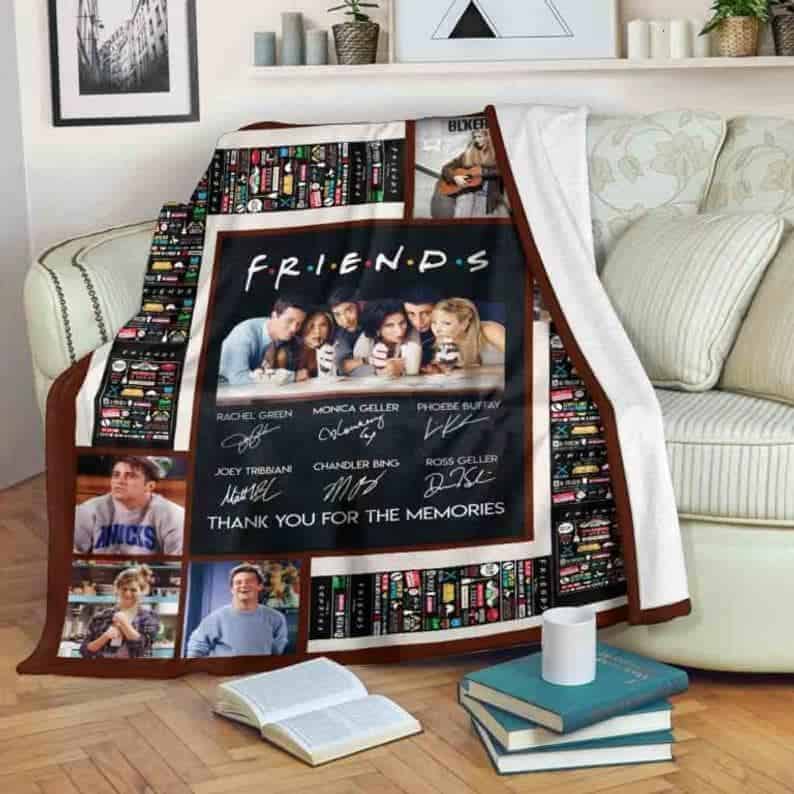
Source: Etsy
This type of quilt is signed by loved ones of either the quilt maker or the recipient of the quilt. The blocks may contain messages and embroidered patterns in addition to signatures.
Sesquicentennial Quilts
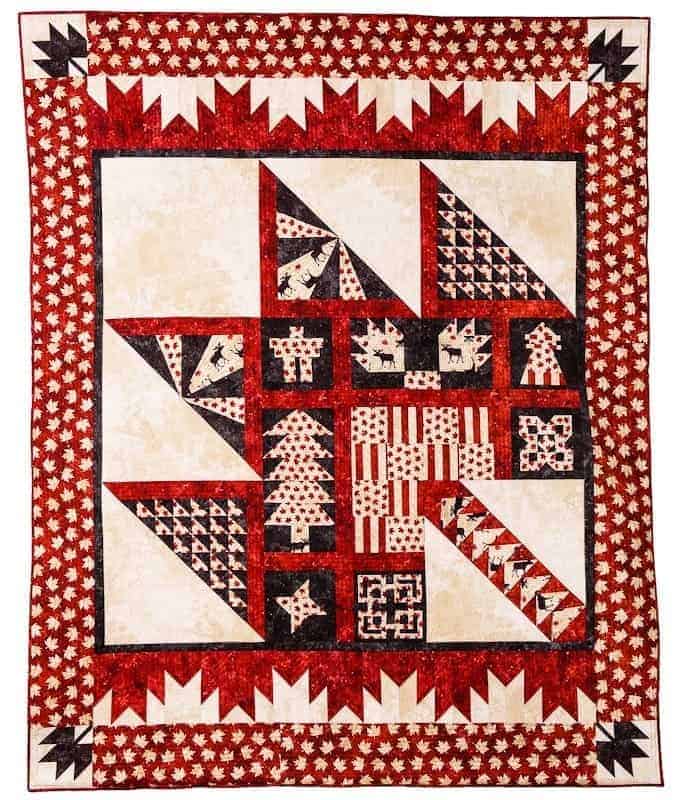
Source: Quilts by Jen
These are created in celebration of the 150th anniversary of something, like the founding of a university or prominent organization.
String Quilts
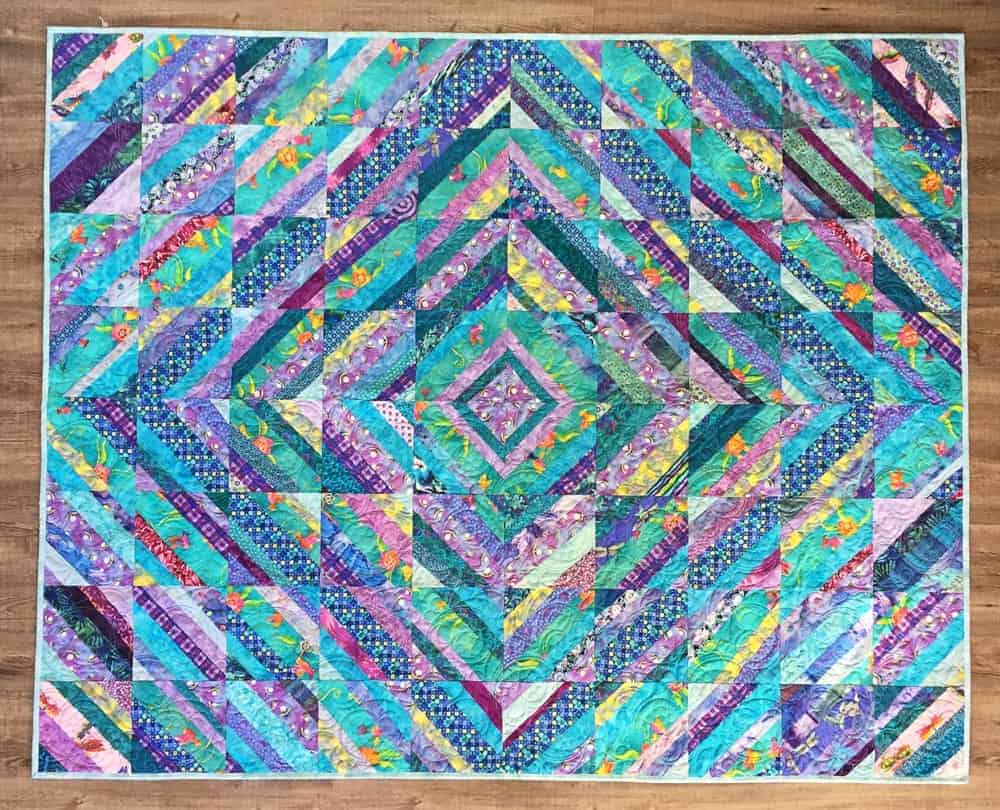
When these quilts first evolved, they were made of thin bits of fabric leftovers from sewists’ scrap piles. They can still be made that way. Ultimately, what distinguishes these quilts from others is their long, thin strips of lace, fabric, ties, ribbons, and the like. If you don’t have any scraps, you can cut regular swaths or lengths of material for this purpose.
T-Shirt Quilt
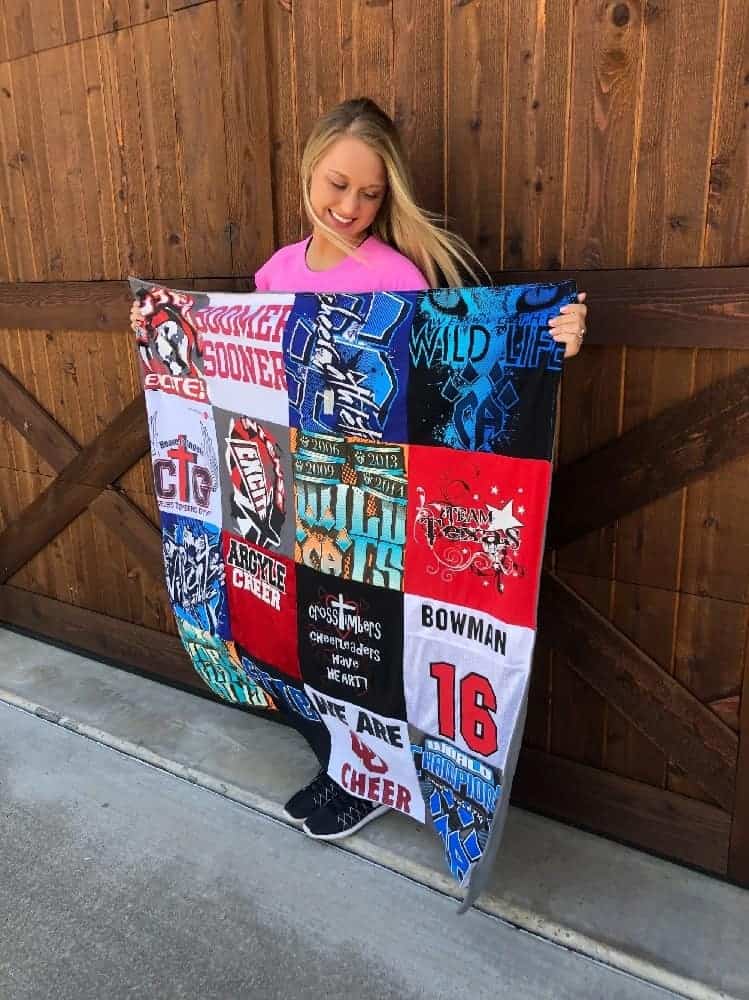
Source: Project Repeat
You can re-purpose no-longer-worn T-shirts by cutting them into panels and sewing them together to make a kind of memory quilt.
Throw Quilts

You can toss these on the back of a couch or chair. They’re made primarily for decoration, but they can be functional too. They tend to be bigger than lap quilts, but smaller than the kind of quilt you would have on your bed.
Trapunto Quilt
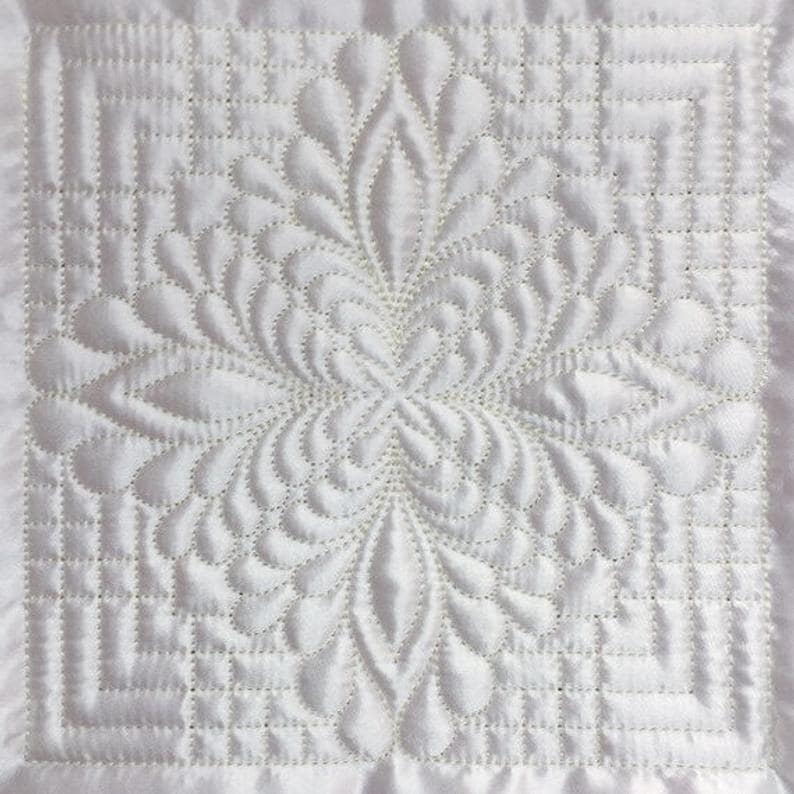
Source: Etsy
These Italian-style quilts usually feature parallel lines of stitches. They have an inner layer of batting or yarn too, which gives these quilts extra dimension when making stitches. Trapunto comes from the Italian word trapuntare, which means simply “to quilt.”
Wall Quilt
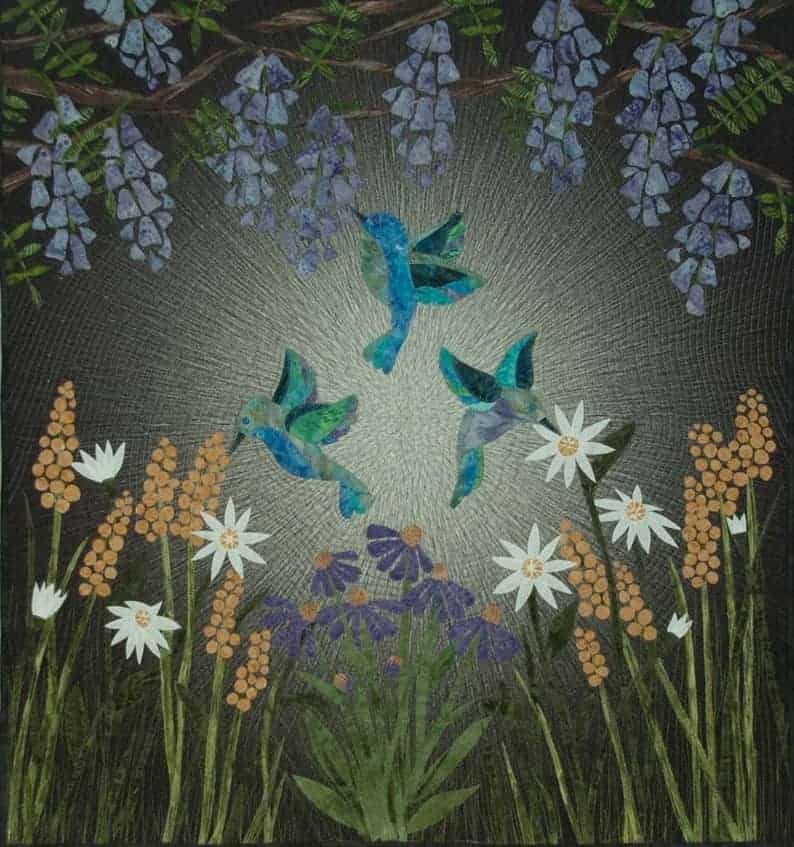
Source: Etsy
These wall hangings are hung as room decor. They’re not intended to be placed on a bed and are smaller than most bed quilts.
Watercolor Quilt
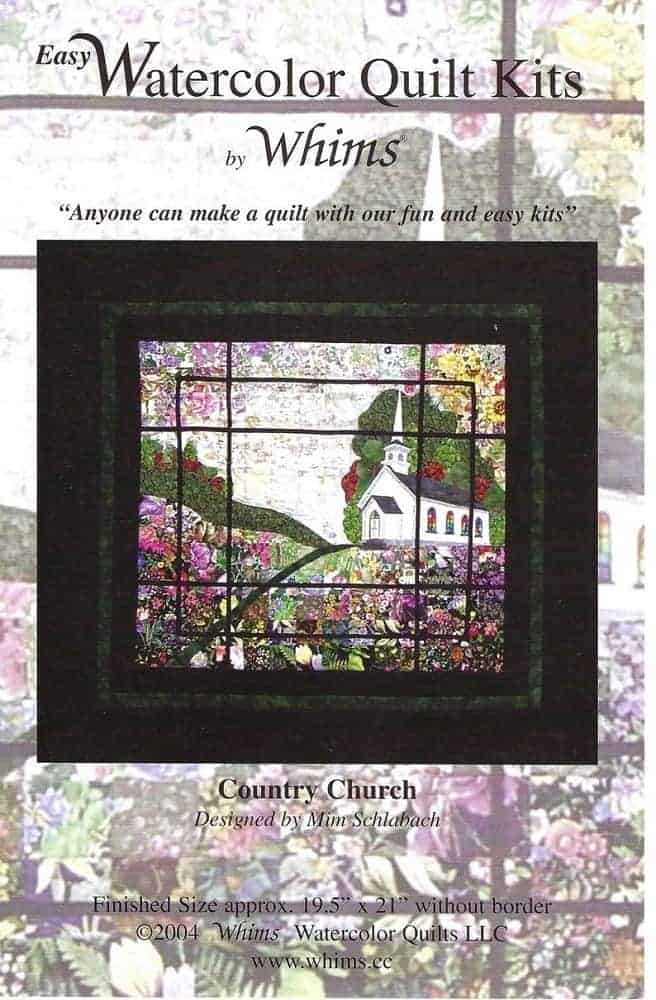
Source: Etsy
Watercolor quilts are designed to look like impressionist paintings done in that medium. They typically consist of blocks of printed fabric measuring 2″.
Whole Cloth Quilt
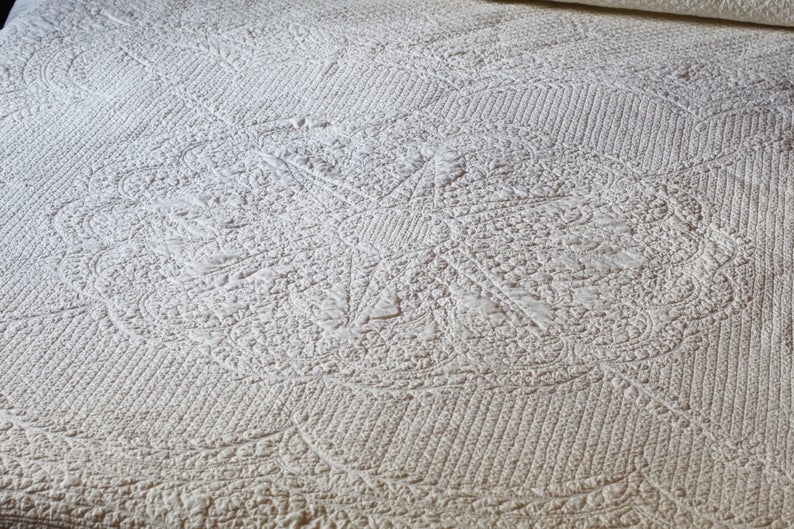
Source: Etsy
Also called white-on-white quilting, whole cloth quilts don’t have patchwork blocks. Instead, the quilt top is made from one large piece of fabric with no applique designs.
Quilting: A Little History

Quilting isn’t unique to any one part of the world. Countries all over the globe have contributed to quilting culture. In fact, the practice goes all the way back to ancient times. Even though it’s an old art, it’s never become obsolete. People of all ages enjoy this creative and functional hobby.
While quilting has been around since practically the beginning of time, it’s difficult to pin down exactly when the term “quilt” became a part of people’s vernacular. Evidence of quilting can be traced to India, the Far East, and Europe. The word “quilt” probably comes from the Latin word “culcita”, meaning “cushion” or “bolster.” The term was used in England beginning in the 13th century.
In medieval times, quilts were made for functional purposes, primarily for beds. But they were nonetheless finely-crafted. Not surprisingly, many of those quilts were handed down by family members from one generation to the next. Some of those quilts are still around today.
The Middle Ages also saw quilt making techniques being used to make clothing. Quilted apparel was both lightweight and warm, and was often worn beneath their armor. Wearing it under armor not only provided some extra insulation, but it also made wearing the battle garb more comfortable. Soldiers who needed to wear armor but couldn’t afford it still tended to wear padded clothing, too, thinking it might afford some extra protection.
Quilting Lingo
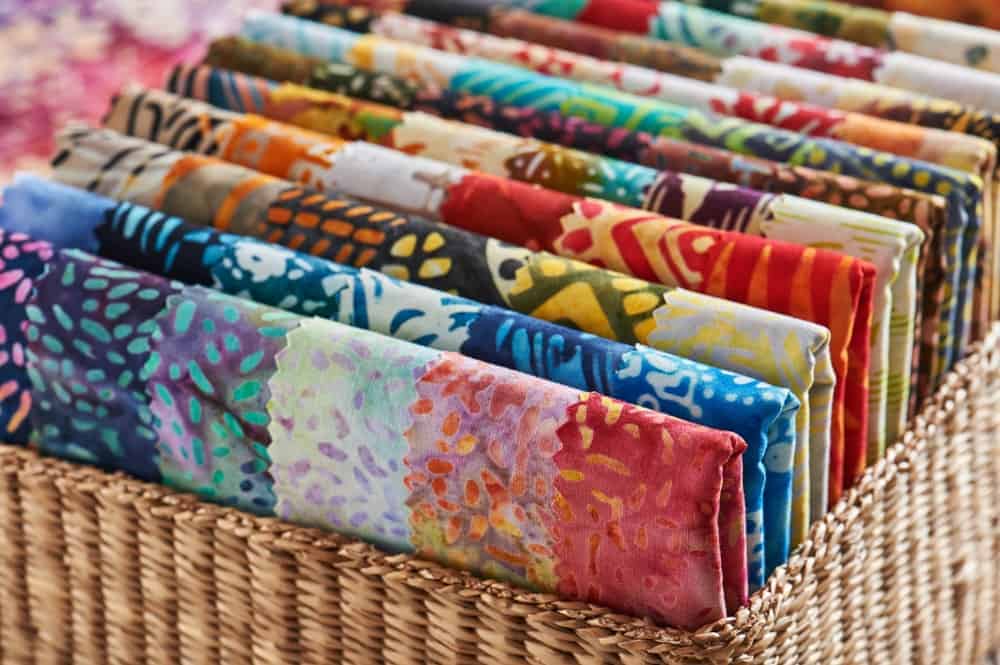
If you’re new to quilting, coming across words like “batting” or “fat quarter” can be as confusing as encountering a foreign language for the first time. Here’s a breakdown of some common quilting vocabulary so you can understand what types of styles and techniques quilt makers are talking about when they throw around terms like these.
Applique
This sophisticated-sounding word describes the pieces that you cut out and use to form a design by sewing them onto a foundation fabric. Quilters turn the sides of the pieces under and then top-stitch or finish them with hand-stitched blanket stitches or satin stitches. Appliqueing can be done by hand as well as with a sewing machine.
Baby Quilt
You can make a baby quilt to swaddle a newborn or an infant who’s too big for receiving blankets. You can make these in any size, but if you want to make one for a crib or toddler bed, you can use these dimensions as a guide.
- Baby. (This isn’t necessarily for a baby bed or crib). Dimensions can range from 36″x36″ to 52″x52.” These are usually square. The larger the blanket, the longer baby can enjoy it before outgrowing it.
- Crib quilt. Sizes can range from 30″x46″ to 36″x50″. These dimensions work with most crib mattresses.
- Toddler bed. A rectangular quilt that measures 46″x70″ should fit most toddler mattresses.
Backing
This is a quilt’s bottom layer, which appears at the back of the piece. For many sewists, linen and cotton are popular material selections for a quilt backing. Butter Muslim is most often used for the aforementioned Trapunto quilting.
Batting
Sometimes also called wadding, quilt batting refers to the layer between the quilt top and the backing. Cotton and polyester and oft-used materials for batting.
Bias Binding
This process involves using a woven piece of fabric to bind the quilt edges.
Bagging Out
If you want to sew the edges of a quilt sans the need for binding, you can use this stitching technique. To bag out, quilters keep the quilt top and backing right sides together. sewing the edges, then top-stitching them.
Blanket Stitch
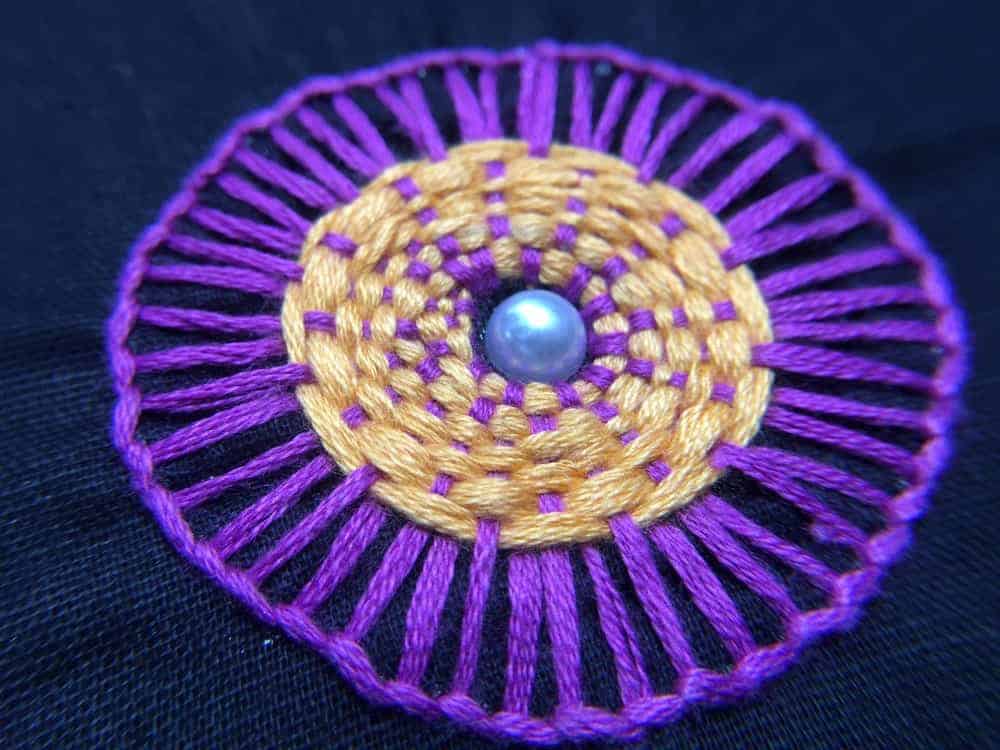
Used in applique work, this decorative stitch is sewn along the edges of the fabric.
Block
Blocks are the units the quilt is made from. They’re usually square-shaped, although this isn’t always the case. There are scores of quilt block types, but the most popular ones are star blocks, log cabins, and 4-, 6-, 7-, and 9-patch blocks.
Blocking
If you use steam or water to manipulate individual blocks or the entire quilt top, this is blocking in action.
Border
Most quilt tops have a border, usually with mitered or butted corners.
Borderie Perse
This is an applique technique in which quilters cut out floral motifs from printed fabric. They stitch these onto another fabric as an embellishment.
Batted Seams
This refers to keeping two seams together, then using a joining stitch to connect them.
Buttonhole Stitch
The purpose of this stitch is to make buttonholes look neater. It can be done by hand or with a machine. When sewn by hand, it requires a blanket stitch. With a machine, it’s accomplished via a tight zigzag stitch.
Chain Piecing
This is an easy way to stitch patchwork quilt pieces. Without having to cut the thread in between pieces, you feed the fabric pieces one at a time. Cutting the thread takes a lot of time and can be a headache, so chain piecing definitely speeds things up.
Cornerstones
You use this technique when adding a square to all corners of a quilt top border. That way, when you’re sewing the quilt top border, you avoid the mitered corner.
Couching
This word sounds like it should describe quilting on the sofa. Actually, it’s a surface embellishment technique. Couching is often required for thick threads, ribbon, yarn —anything that can be difficult to pass through the eye of a needle.
Crazy Patchwork
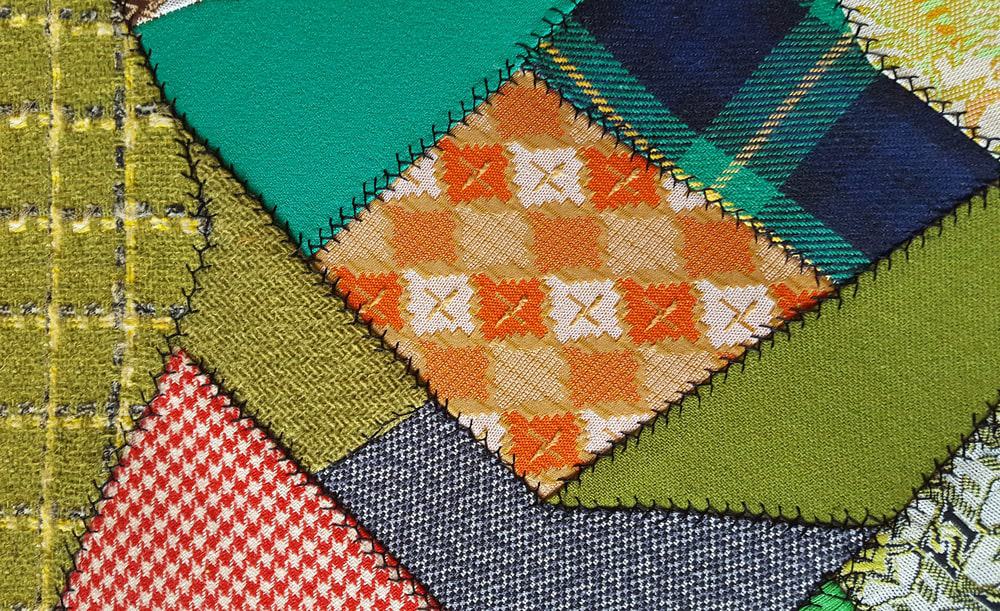
Like the crazy quilt style mentioned earlier, this quilting technique involves the use of sewing random pieces of fabric together to form blocks in patchwork fashion.
Echo Quilting
Echo quilting is one way to make quilting stitches. Spaced rows of stitches surround an appliqued design.
English Paper Piecing
This method allows you to make quilt blocks using paper templates. Possibilities for creativity are virtually limitless. You can cut the paper into any shape you want, then use it as a guide to cut the fabric, leaving some extra space for the eventual stitching. Then the cut-outs are hand-sewn together. Some people use this method to make mosaic blocks featuring fun shapes like diamonds, hexagons, triangles, and the like.
English Traditional Quilting
This is a quilting stitch that gives the fabric a raised look.
Facing
This is a means of finishing the edges of quilts or any other fabric-centric projects. In quilting, this technique allows you to achieve scalloped edges.
Fat Eighth
A fat eighth is a piece of fabric that measures 18″x11″.
Fat Quarter
This is an 18″x22″ piece of fabric meant for quilting.
Folded Patchwork
I like to think of this block-making method as “quilting origami.” You fold the fabric in different ways to form interesting shapes.
Four Patch
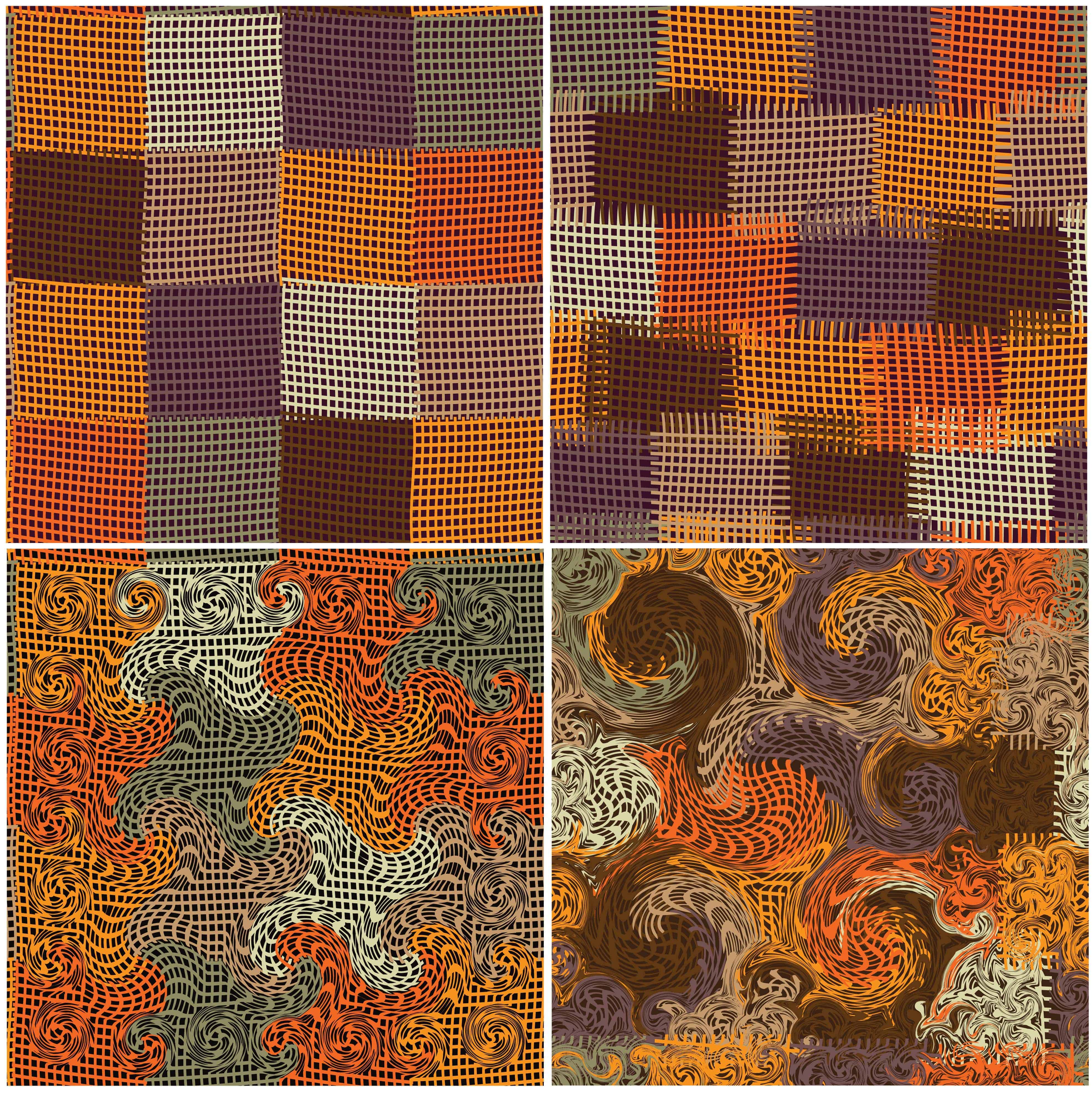
Four patch is a highly popular quilt block consisting of four equal-sized square sections of fabric joined together.
FreeStyle Quilting
A term that’s usually reserved for a certain style of swimming or dancing applies to quilting too, although some call it free motion quilting. This is the kind of quilting you do when you don’t have a specific design in mind and you don’t use your sewing machine pressure feet. Instead, you guide the fabric layers manually.
Fusible Applique
This is an applique technique that uses fusible interfacing to attach the applique pieces to the base fabric. This is a method that is great for beginners. You can finish the applique by hand-stitching or using your sewing machine.
Fussy Cutting
With fussy cutting, you can use a printed fabric ad as a design motif. Using it as an applique or patchwork allows you to make it the central feature of your quilt, or you can repeat it to create a pattern.
Foundation Piecing
With this type of piecing, you keep fabric pieces for patchwork on paper or a foundation fabric. (When kept on paper, it’s called paper piecing). The foundation material is usually thin muslin. After all the stitching is done, you can remove the paper or foundation fabric.
Fusible Web
In applique, fusible web refers to using a non-woven fabric to attach applique pieces to the foundation fabric.
Gathering
Gathering allows you to make frills in your fabric. In most cases, this is accomplished by first making loose stitches along the fabric’s edge. The next step is to then pull the thread to shorten the length of the fabric.
Grain Line
When we think about “going against the grain”, working with fabric doesn’t often come to mind. But the fabric has a grain too. The grain line is the direction in which thread is woven into cloth.
Half-Square Triangles
Hearing this term might give you another reason to dislike geometry. This is just another way to make a quilt block — with two triangles joined to form a square.
Italian Quilting
This is a style of quilting known for its double stitching lines. Sometimes those lines have cording running through them. This style has stitching only on the quilt top with a thick foundation fabric underneath for a backing.
Layout of Quilt
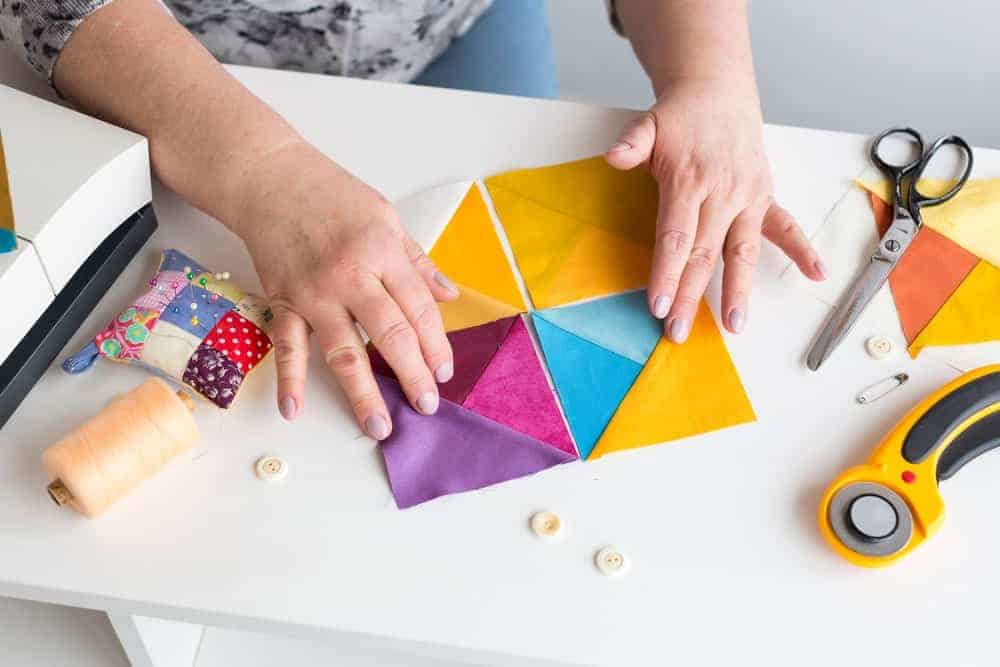
This is when you arrange all the blocks in anticipation of what the finished quilt will look like.
Mitered Borders
A mitered corner is formed by joining the adjacent borders of a quilt top at a 45° angle at the corner.
Nine Patch
This is a quilt block created by joining together nine square pieces of fabric.
Outline Quilting
This is a way to sew quilting stitches with an applique design. The design is outlined with stitching about 1/4″ beyond the edge.
Padding
When you have an inner layer between the batting and quilt top, it’s called padding. Quilts get their characteristic, raised “quilt” look when stitching goes through all three layers. Padding often takes the form of linen, wool domette, flannel, and cotton batting.
Patches
These are the pieces of fabric you put together in a patchwork.
Patchwork
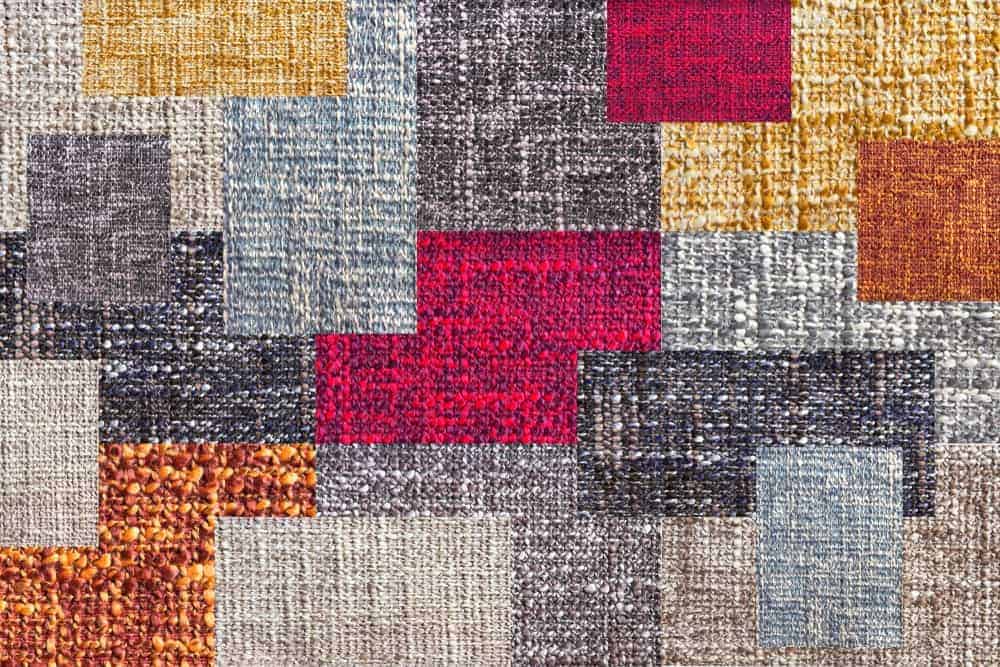
With this stitching technique, you form a design by joining pieces of fabric that are of varying sizes and shapes.
Piecing
Piecing describes the process of joining pieces of fabric to end up with one large piece — in this case, a quilt.
Pre-Washing Fabric
It’s a good idea to prepare your fabric before you quilt. Some shrinking is inevitable when those woven fabrics are eventually washed. Before you do any sewing or cutting, pre-washing the material allows you to “get the shrinking done” before you start.
Going ahead with cutting and stitching without pre-washing will result in puckering and other imperfections once your finished product does go through the laundry. This technique is especially recommended for cotton, which almost always shrinks when it’s washed.
Quilt as you go
With this method, you sew the blocks with all three layers together — just as you would finish a quilt. Then, you can easily assemble them.
Quarter Square Triangles
Here’s another flashback-to-geometry term. This is a way to create triangles by cutting a square in half on its diagonal. Then, you cut it again from its other diagonal, given you a grand total of four fabric triangles.
Quilting
Whether you’re hand quilting or machine quilting, this sums up all the steps you go through to make a quilt, stitching all three layers together. There are several different types of quilting stitches you can use to accomplish this.
Quilt Sandwich
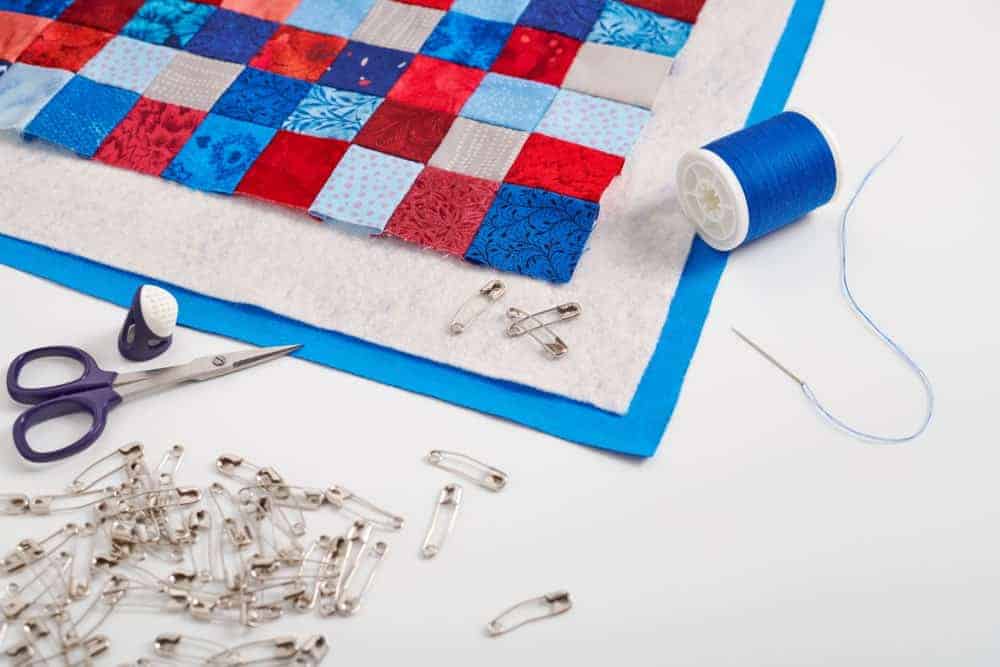
This is something you’ll never order at a deli; it describes the three layers – quilt top, batting, and backing – needed to stitch a quilt.
Quilt Sizes
Technically, you can make a quilt in whatever dimensions you want. There are no standard sizes. You can even sew a quilt in any shape you like. But when it comes to commercial quilts, there are certain standard sizes, meant for bed quilts. If you want to make a bed quilt, you may want to follow these as a guide. Here are the commercial dimensions for standard-sized beds.
- Twin quilt: 70″x90″
- Full-size quilt: 85″x90-108″
- Queen quilt: 90-108″x95″
- King quilt: 95-110″x95″
Quilting Embroidery Stitches
Stitches used to bring all three quilt layers together are quilting embroidery stitches. When you’re hand stitching, you can use chain stitches or the back and running varieties. These are used especially with English, Trapunto, and Italian quilting.
Rocking Stitch
If you are hand-quilting, this is the best stitching technique you can use. It involves taking a number of stitches before you pull the thread through.
Rotary Cutter and Self Healing Mat
Quilting can involve hundreds of cuts. The good news is, there are tools that will make your quilting life easier. Cutting all that fabric with scissors takes tedium to a whole new level. When you have a rotary cutter, all you have to do is stack your fabric and hack right through it all with just one cut. If you have a mat, too, your cutting is even more seamless (no pun intended), because it comes with marked lines to guide you.
Sashing
Sashing is sometimes also called a lattice. It’s the joining of fabric strips between quilt blocks to form borders. Some quilts have sashing around the individual blocks. In others, the border is around all the blocks, collectively.
Seam Allowance
For quilting, there is a standard seam allowance — 1/4″
Sewing Machine for Quilting
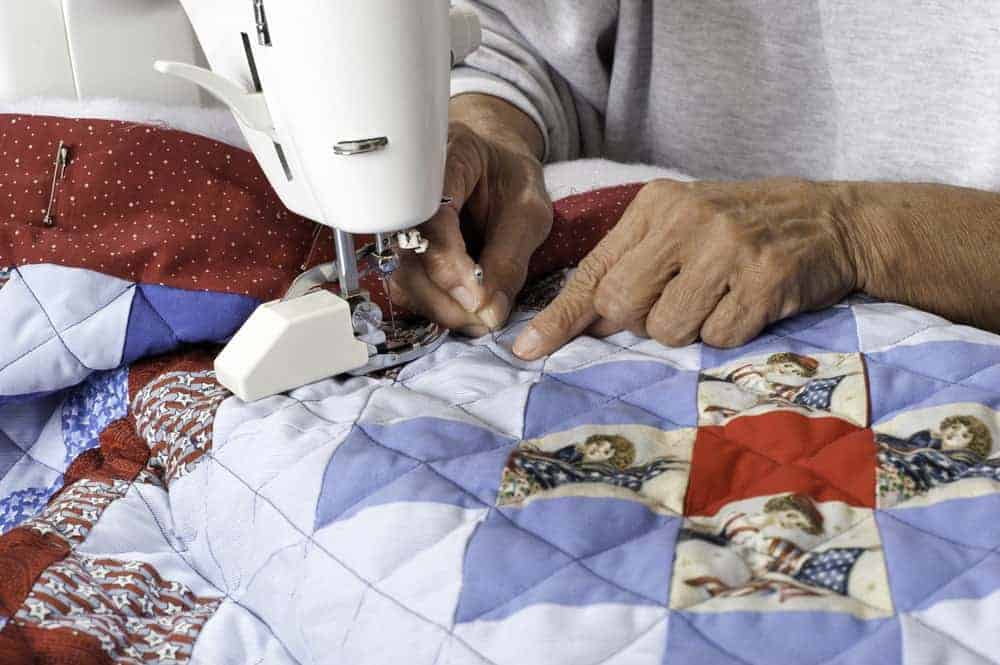
Certain types of quilting require specific equipment. Here are some general guidelines for sewing machines and quilting.
- Applique and Patchwork. If you’re making blocks with applique or patchwork, all you have to do is use your everyday home sewing machine with a straight stitch.
- Crazy Quilt. For these, you can set your machine to decorative stitching.
- Quilt Sandwich. When it comes to bringing all the layers together, it’s best to use a long-arm sewing machine. You may be able to accomplish your task without one, but it will be a lot harder and puckering and other imperfections are likely. You can also try your hand (literally) at freehand quilting. If you go this route, you will need a machine that allows you to drop the feed dogs.
Shadow Quilting
This is a quilting style in which you use a transparent material for the quilt top and colored quilting wool for the stitches.
Slip Stitch
When you’re sewing quilt borders, slip stitches are a good choice because they are invisible, making it possible to achieve the perfect stitch.
Sleeve
A sleeve is a strap used for hanging a wall quilt.
Squaring Up
This is what you do to make sure the corners of each block, or the quilt top, have a right angle. You can use mats, rulers, or any other measuring tools you have on hand.
Strip Piecing
This is a way to join pieces of fabric in patchwork. In strip piecing, the first step is to join long strips of fabric together. Then, you cut them apart and put them together — this time, in a different sequence. Although it might not sound like it, this technique actually makes it easier to join fabric pieces together. Sometimes, this is accomplished with strips of uneven widths.
Stitch in the ditch
This term sounds like a stitch gone wrong, but this kind of stitching is said to be “in the ditch” because it’s inconspicuous. With patchwork, stitches can be placed along the seams so they’re not readily visible.
Tacking
Tacking stitches keep all the layers of your quilt sandwich intact before you put in the quilting stitches. Tacking stitches are made throughout all three layers. Taking care to avoid puckering, you begin by stitching two horizontal lines down the center, followed by rows of tacking stitches that are an inch apart. This helps you avoid imperfections as you finish the quilt.
Templates
You can make these yourself at home or buy them already made. Templates can be made out of cardboard, plastic, or paper. The ones professionals use are made out of metal.
Tying
If you don’t want to make quilting stitches to keep your creation intact, you can use tying instead. Ties, made of ribbon, cord, string, thread, or lightweight wool, are placed at even intervals along the perimeter of the quilt sandwich in lieu of stitches.
Walking Foot
This is a great thing to have on hand (or foot) when you are machine quilting. It’s an attachment that helps fabric move all the quilt sandwich layers under the feet at the same speed. This tool helps you get your quilting off on the right foot, with no puckering or bunching.
Yoyos (Suffold Puffs)
Yoyos are a type of quilt embellishment. To make them, you gather the edges of a circle.
What Tools Should a Quilt Maker Have?

If you’re just starting out with quilting, here are the basic supplies that will help you get the most out of your new hobby.
- A pair of high-quality fabric shears. To make the blades last longer, don’t use them to cut paper or anything that’s not fabric.
- Seam rippers for taking out stitches
- Needles for hand and machine sewing
- Plenty of thread
- Pins to hold the fabric together, and a pincushion or bowl to store them
- Acrylic rulers for accurate measuring
- A good sewing machine and walking foot, and possibly a darning foot for free-motion sewing
- A rotary cutter and replacement blades
- Self-healing mats for cutting quilting fabric
Some people also like to work with patterns. You can download a free quilt pattern online to get started.
Many experienced quilters also use a quilting frame.
What Are the Most Common Stitching Techniques in Quilting?
There are 13 different stitching techniques most frequently used in the quilting world.
Square or Diamond Quilting Stitches

With this stitching type, you make parallel rows of stitches horizontally and vertically. When the lines are done in a regular grid, that’s square stitching, It’s diamond stitching when the lines of stitching are diagonal and therefore intersect to form diamond shapes.
Template Quilting Design
Templates make it super easy to reproduce the same design(s) throughout the quilt. You can devise your own templates from cardboard, paper, or plastic. You can also buy them ready-made. Commercial quilters and other seasoned artisans often use metal templates. You can find pre-made templates in frequently-used shapes such as a wine glass, heart, scale, leaf, feather, or rope.
Templates also come in geometric shapes. If you have a computerized quilting machine, you can set it to stitch designs too, achieving the same effect as using a template. As another alternative to using a template, you can also trace or transfer various designs onto fabric.
Free Form Quilting
This kind of stitching is done randomly. To make your task easier, you can use the darning foot on your sewing machine. This technique takes a lot of practice to get to the point where it doesn’t look haphazard.
Corded Quilting Stitches
Frequently used in Italian quilting, corded stitching uses a design that features thin double lines throughout. The lines don’t have any breaks in them. Quilters make stitches over the design lines. These create a channel between them. Then, sewers thread a cord of quilting wool through the channel.
Outline Quilting
Stitching is done around a motif or applique design to accentuate it.
Shadow Quilting
This is essentially double line quilting with a bit of a tweak. For the quilt top and backing, sewists use a thin transparent fabric such as chiffon, organdie, or silk. Sometimes the quilter threads wool through the channel. In other cases, crafters cut out shapes and place them between the layers. Stitching around the shapes ensures they stay in place.
Kantha Quilting (Sashiko Quilting)

Running stitches all over the quilt hold patchwork pieces together. The stitches form beautiful patterns, too.
Echo Quilting
This is similar to outline quilting. Instead of a single outline of stitches around the center motif, the outlying stitching is repeated (hence the term echo). Stitches are made 1/4″ outside the design.
Stitch in the Ditch
Here, you stitch on the seam where two patches or blocks meet. This makes the stitch discreet while reinforcing the seam.
Crazy quilting stitches

With this technique, you can make embroidery stitches — either by hand or with a machine — as quilting stitches on a crazy quilt. When you’ve finished stitching, you can place small pieces of padding into the sections inside the stitches to make the quilt look extra padded.
Horizontal Quilting Stitches
This is the easiest quilting technique, so it’s ideal for beginners. To make these stitches, sewists make straight lines of stitches that run parallel to each other and are spaced apart at regular intervals. These allow you to make marks on the top and then sew over them, or temporarily attach the fabric with masking tape and stitch along the edge.
Stipple Quilting
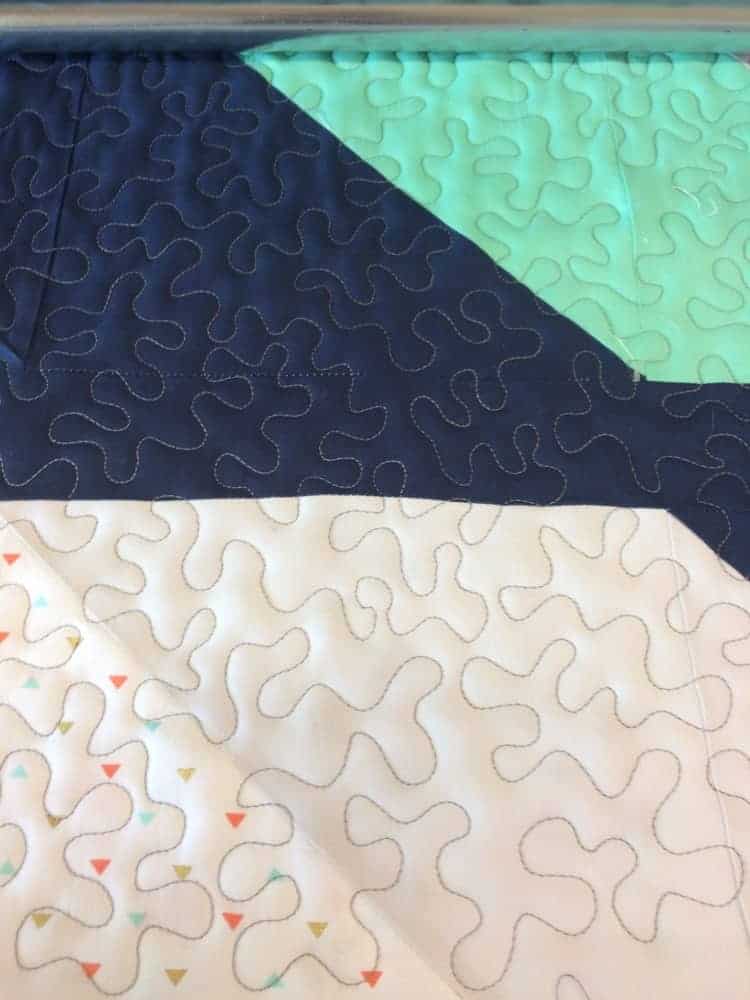
Stipple quilting is also called meandering stitches. This is a somewhat different take on free-motion sewing. In this case, the idea is not to have the free motion stitches cross at any point on the fabric. This is usually done to fill any areas of the quilt that are unfilled. You can also use this technique to make other parts of the quilt look raised compared to the stippled areas. Stippling tends to flatten out the fabric.
A Few Caveats About Stitching

Before you begin stitching, there are a few things to keep in mind to help you get the best results.
- Use a good, sturdy material for the backing. If it’s too thin, it will probably pucker.
- Finish any patchwork or embroidery on the quilt top before adding quilting stitches.
- Make sure your three layers of quilt sandwich are stacked together in the right order. The backing should be on the bottom, the padding should be in the middle, and the quilt top should be over that. Before stitching, you can temporarily pin those layers together or use tacking stitches.
What’s “Sew” Great About a Rotary Cutter?

Rotary tools are used for cutting fabric that’s lying flat on a surface. Rotary cutters are all made the same way, but there are two different blade sizes – 45 cm and 65 cm. Also, there are a couple of different handle options on rotary cutters. Sometimes the handle is straight.
Other times, it has an ergonomic design so it’s more comfortable to hold when cutting. You may notice that these implements look like pizza cutters. But don’t worry, you don’t have to use the same, awkward, back-and-forth motion with a rotary cutter that you do with a pizza cutter. Rotary cutters allow for precise, neat cuts.
If you’ve ever cut fabric with scissors, you know how tiring this can be if you are cutting several pieces of material. The material can stretch or slip out of your hands. Plus, if you do a lot of scissor-cutting, you may experience discomfort in your hands and wrists. Rotary cutters solve those problems.
Plus, with a rotary cutter, you can get through several layers of fabric with just one cut.
Using a mat under the fabric allows you to protect your work surface when cutting.
By the way, getting a rotary cutter doesn’t mean you should toss your sewing scissors altogether. Both have their uses, so it’s good to keep both tools within easy reach.
Tips for Using a Rotary Cutter
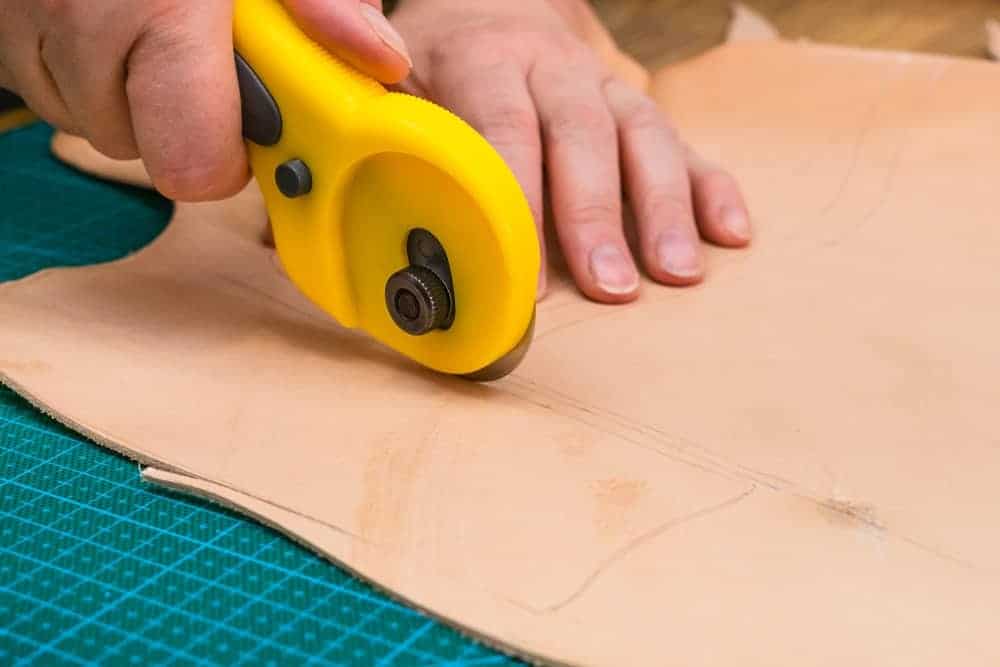
Here are some hacks to make your cutting even easier and more accurate.
- Keep the fabric layers and pattern (if you’re using one) together for cutting. Use pattern weights to prevent the fabric from shifting.
- Keep a ruler handy if you are cutting straight edges.
- Use a mat with your rotary cutter. This protects your work surface. Plus, contacting a hard surface will dull your rotary cutter blade faster, so the mat preserves the blade’s integrity, too. You can use a self-healing mat, so-called because it usually doesn’t sustain any permanent damage. There are also hard mats available, but these are not as “resilient” as the self-healing kind.
- You can use the lines on a mat to more effectively cut straight edges. You can also use a clear ruler for this purpose.
- Find the grain line of your fabric before cutting so you know which direction to cut.
- If you are using a ruler, make sure you’re cutting along the edge of it and not through it.
- Maintain consistent pressure on the rotary cutter handle as you cut. Otherwise, in some places, the blade may not reach completely through the fabric.
- Position your rotary tool and fabric so that they are facing away from your body, and cut accordingly.
FAQs
Which fabrics are best for quilting?
Several fabrics are well-suited to quilting. Cotton fabric, especially the kind designed for quilters, is a top choice. Since cotton will shrink, make sure you buy fabric that is of high quality. Next on the list is cotton decorator fabrics. Because they’re heavier than conventional cotton, they’re good for making home decor and other items like tote bags, throw pillows, and placemats.
With their sateen finish, these fabrics are especially attractive. Other fabrics that lend themselves well to quilting are cotton flannel, voile, and linen. Batik fabric and silk are also go-to for seasoned quilters. Additionally, wool batting adds warmth.
Are there any materials that should not be used for quilting?
Likewise, there are also materials that should not be used in quilting. Burlap and barkcloth, for instance, don’t hold their shape very well, so they’d make a flimsy quilt. If you use steam pressing in your quilting, synthetics may not be the best idea. Some quilters report that the material melts from the heat. Because of their stretchiness, knits tend to be a hassle for many sewists too. But knit quilting can be done with the help of fusible backing.
How can you check the grain line of fabric?
First, you’ll want to check the grain line of fabric before you bring it home and try to cut it. Usually, you can tell at a glance if the fabric has been cut on-grain. With a new piece, look at the corners. If they’re cut at clean right angles, then most likely your fabric is on-grain.
If you can see well enough to give it a closer inspection (some people need their reading glasses for this), look at the lengthwise and crosswise threads in the fabric. If they intersect each other at right angles, the grain is correct. Fabric is off-grain when these threads crisscross each other in a curved, slanting way, not at a right angle.
What’s the easiest way to join all the layers of a quilt together?
If you don’t want to deal with stitching and the like, you can use fusible batting to joint the layers of your quilt.
Where can you buy quilting supplies?
Some quilting supplies are available at large retailers like Walmart. If you’re making a simple hand quilt, you may be able to find everything you need under one roof. But for specialty equipment (like long-arm sewing machines, you will need to shop at a fabric or craft store. You can visit a brick-and-mortar retailer or explore the virtually limitless options available online.



